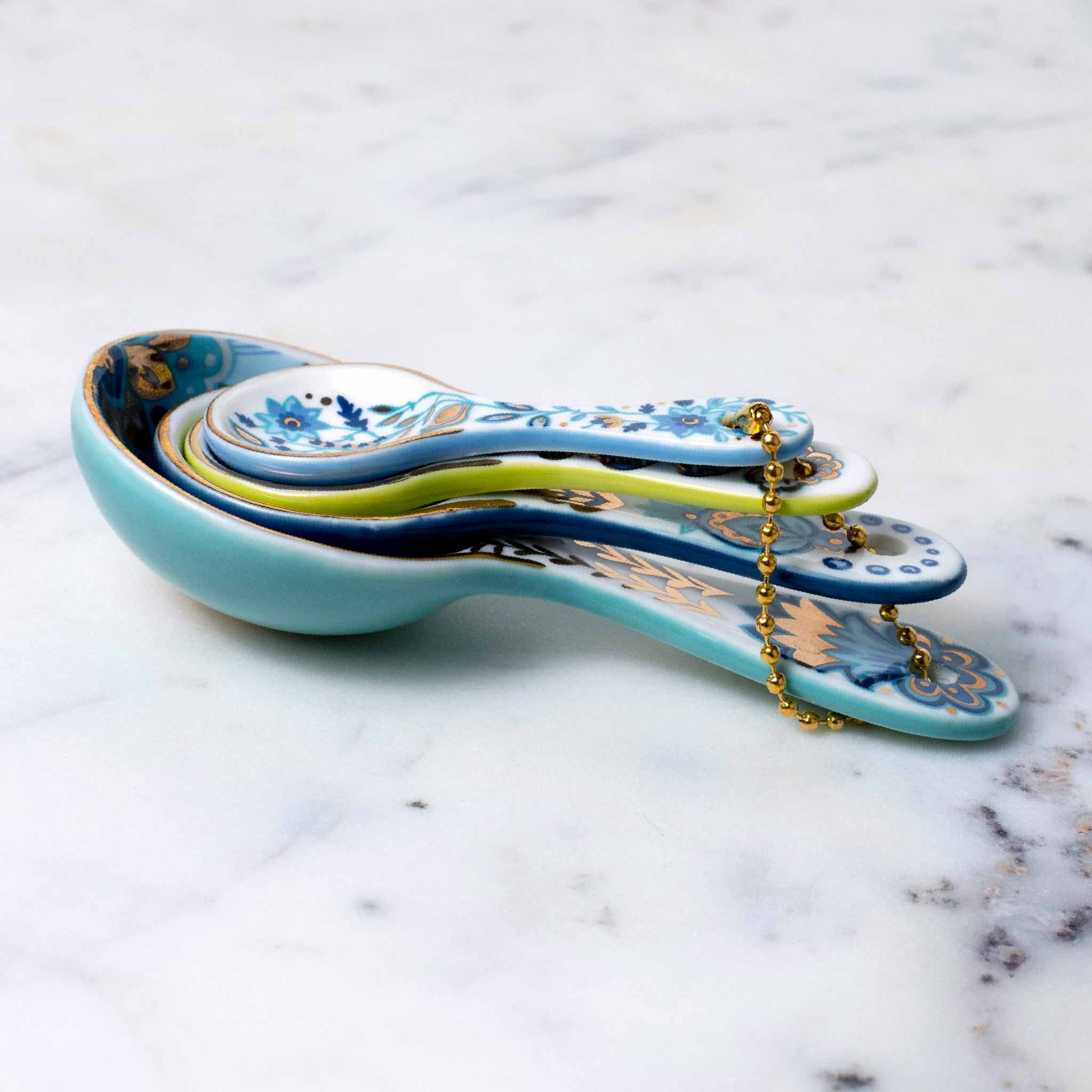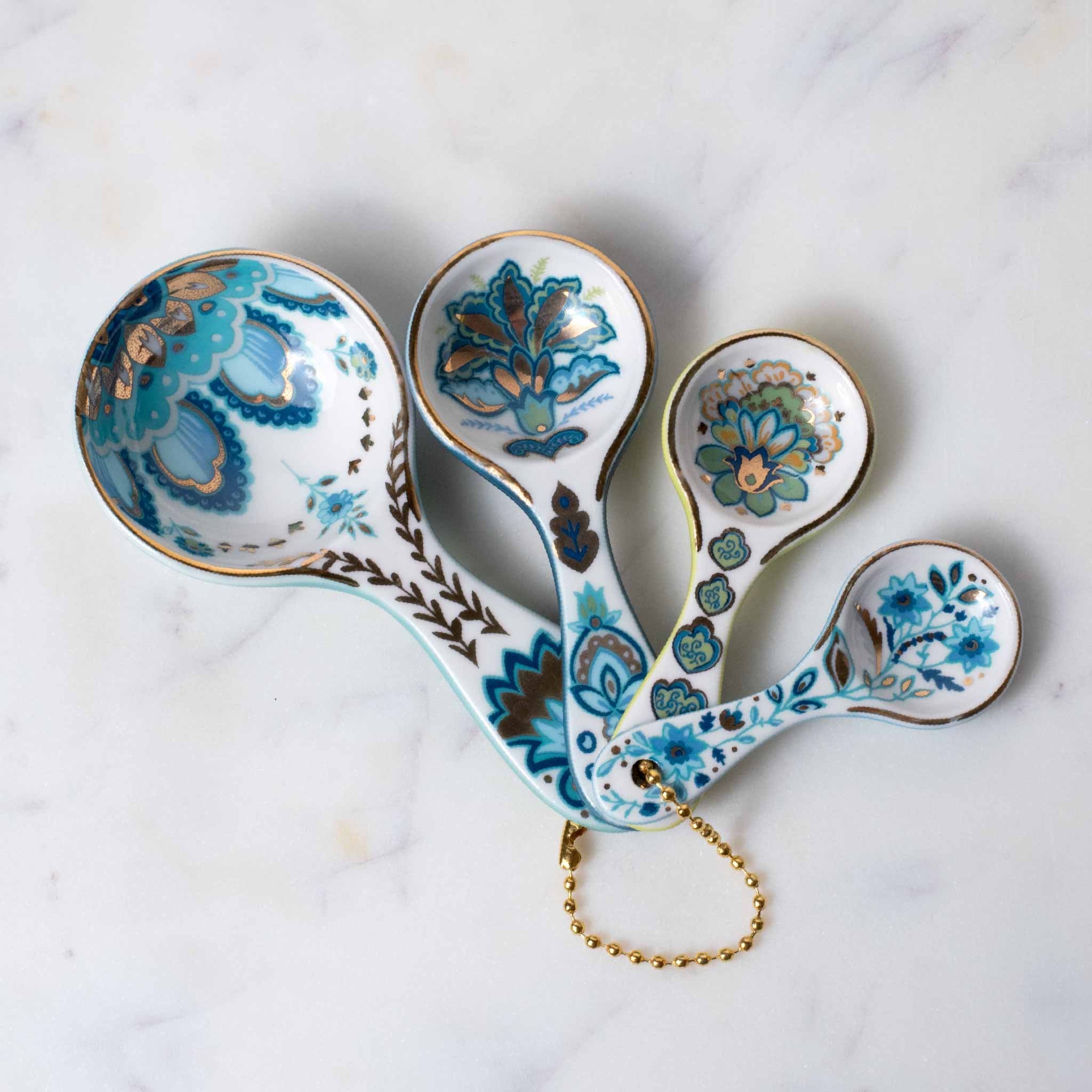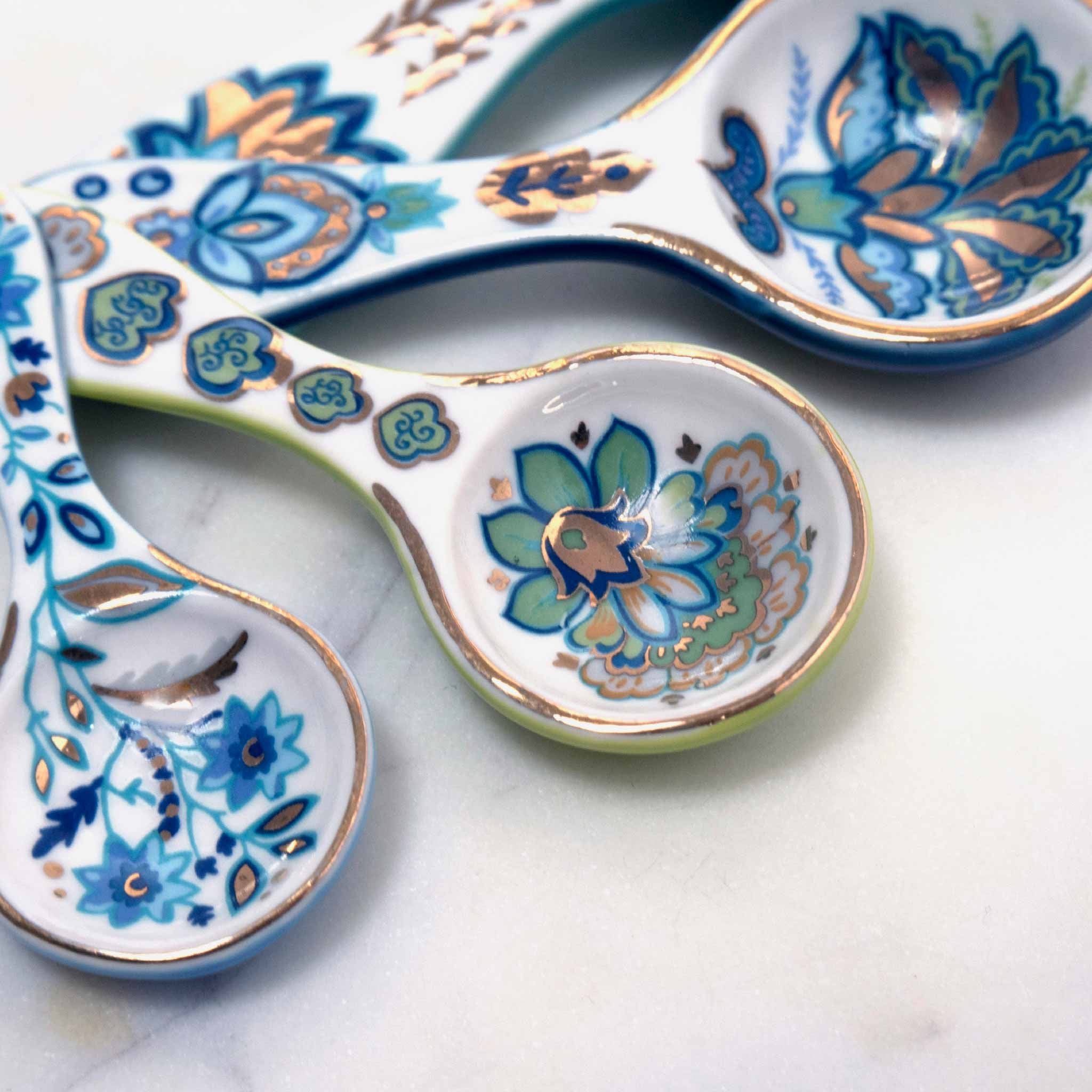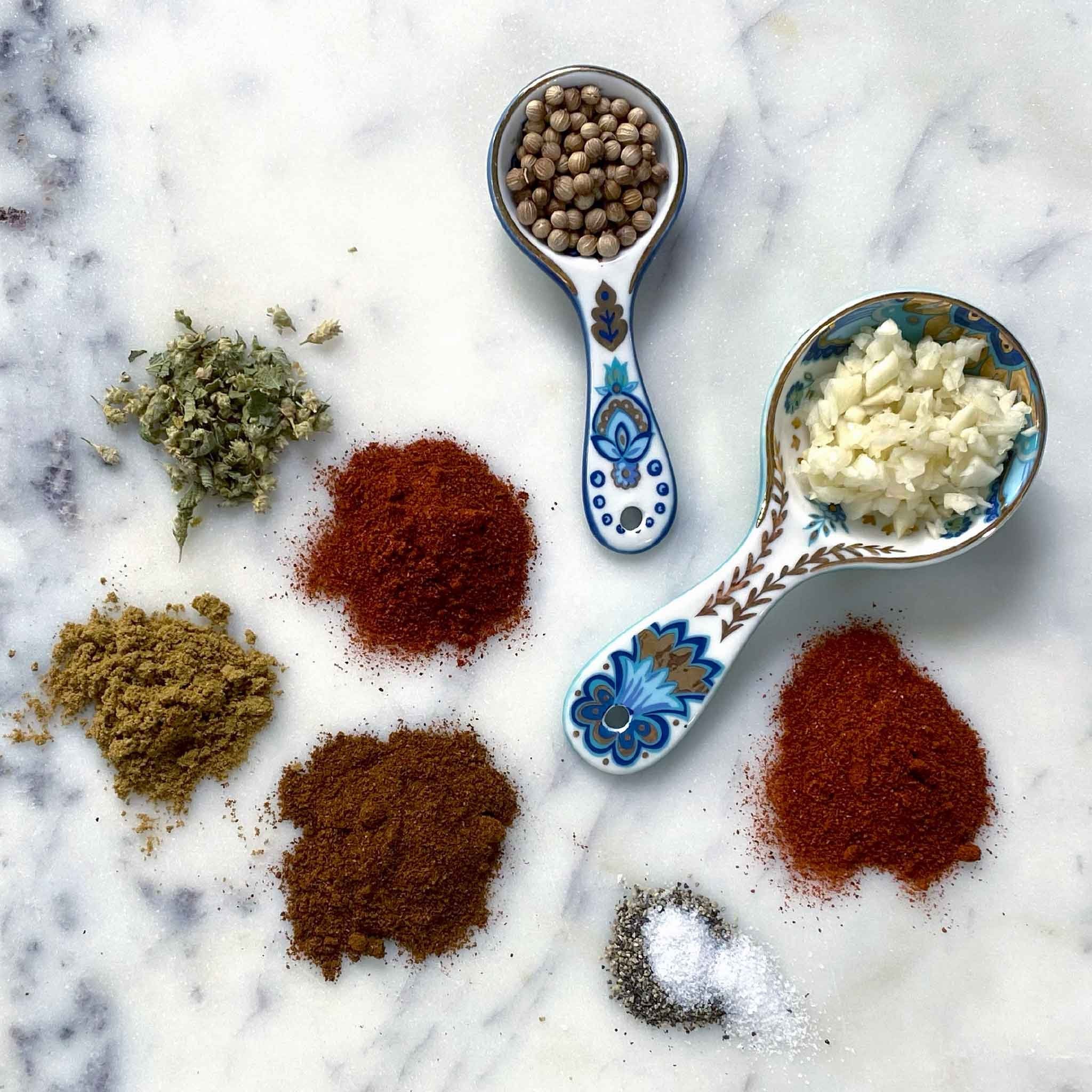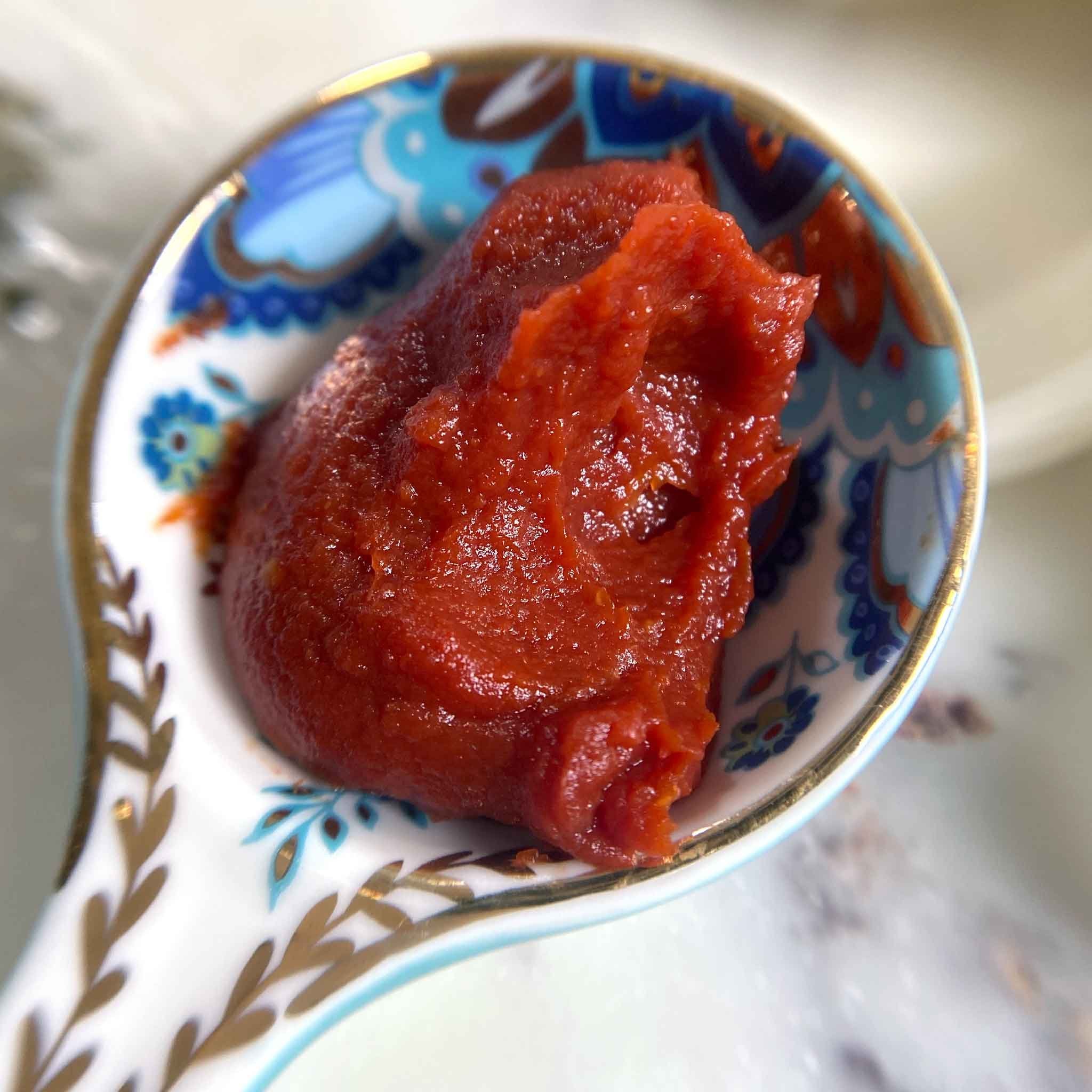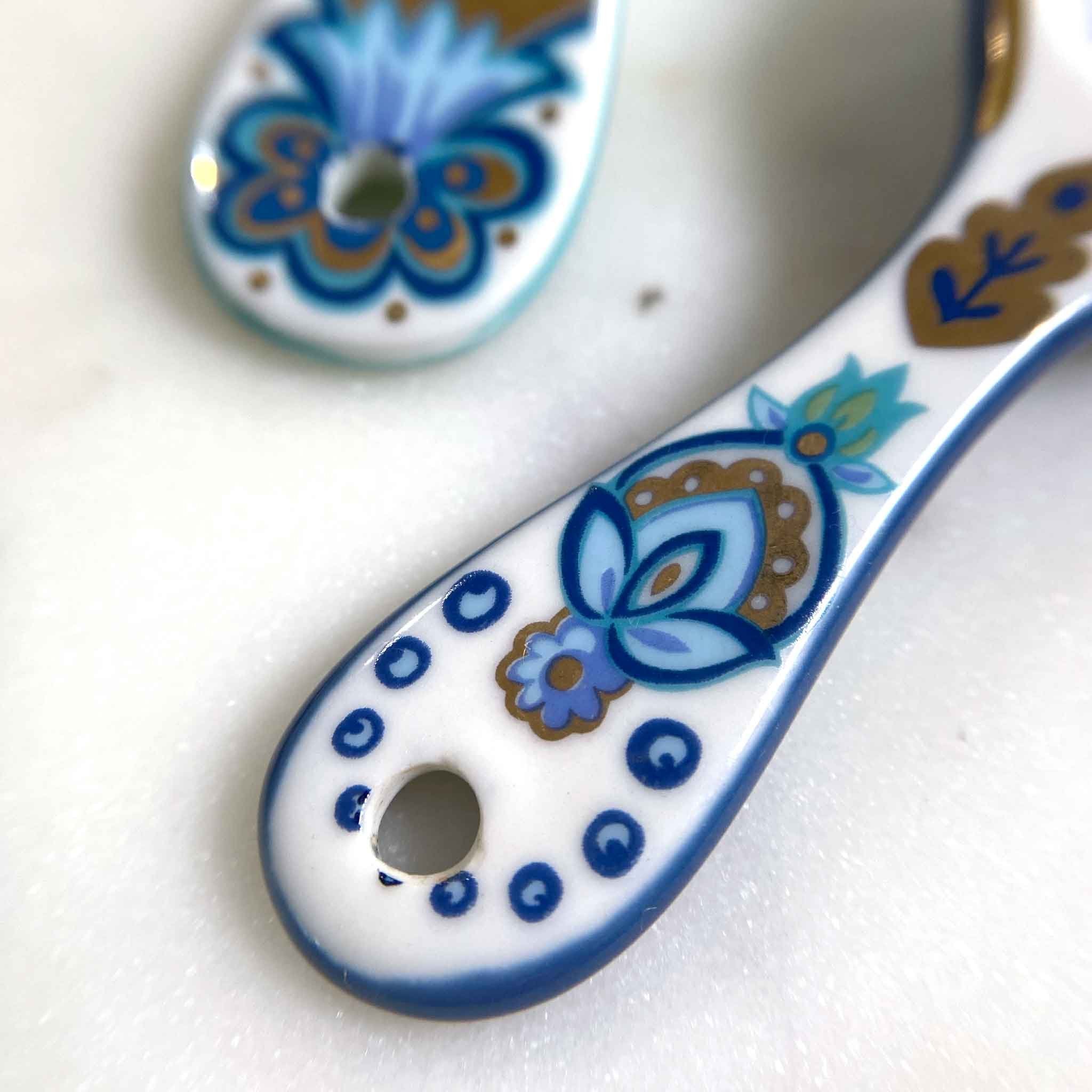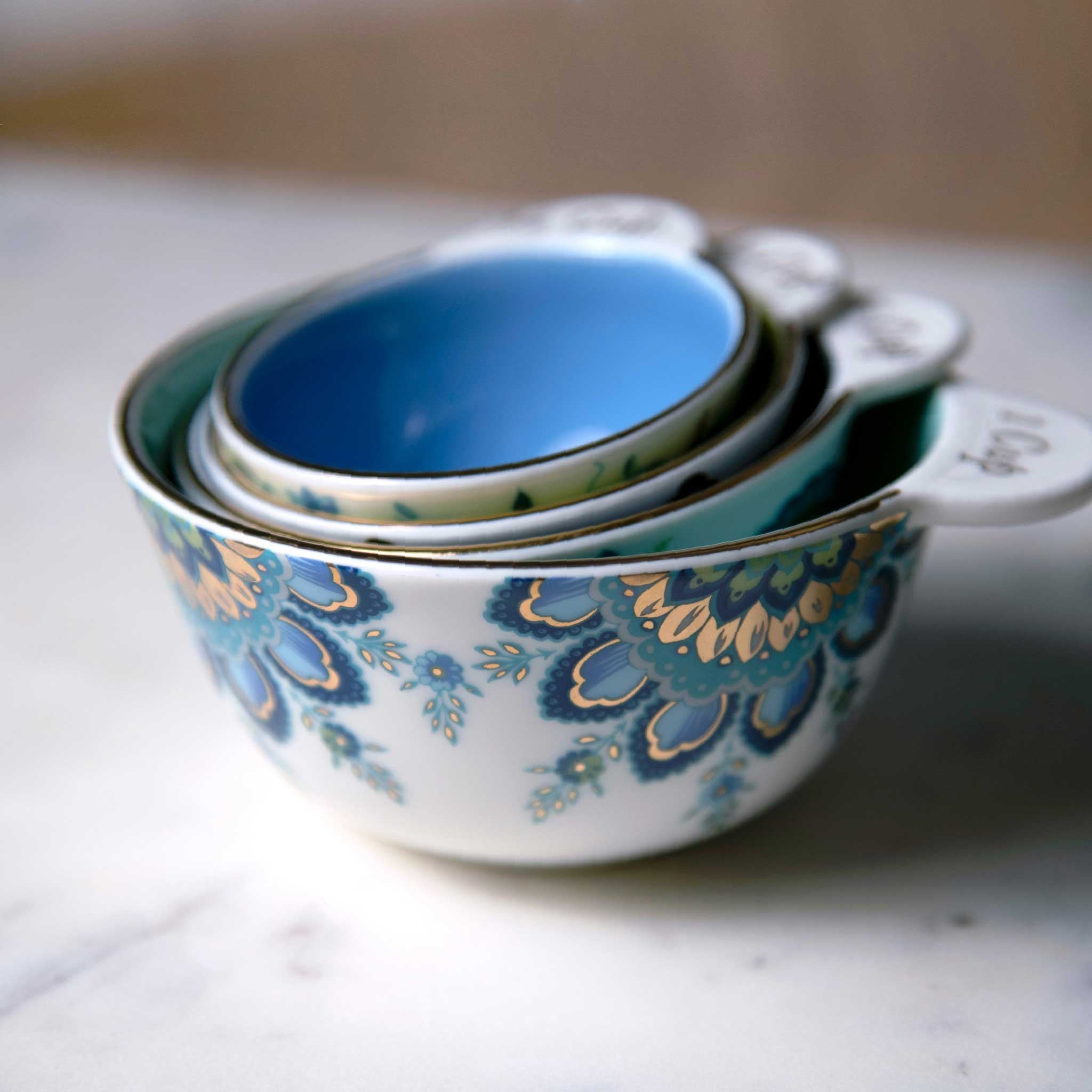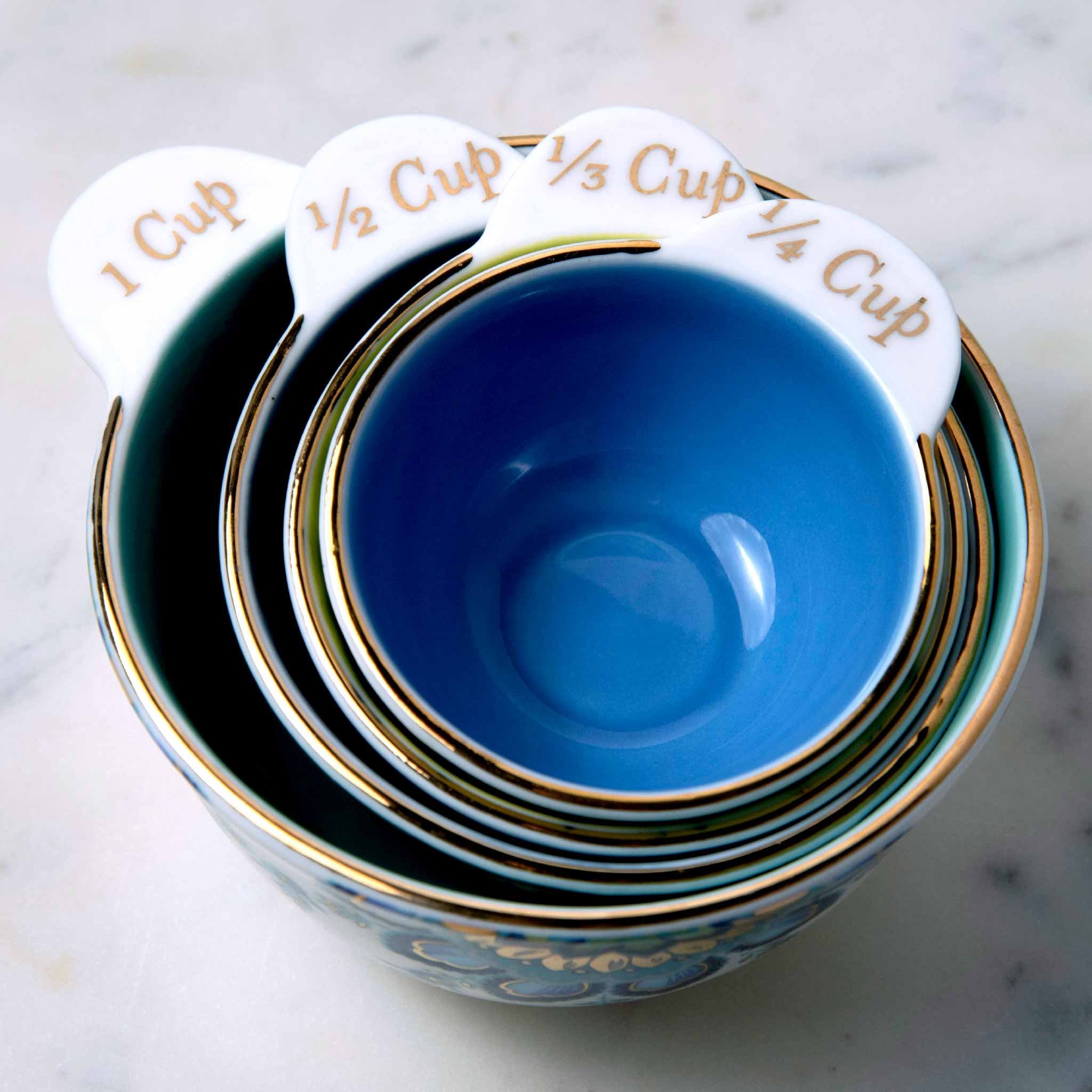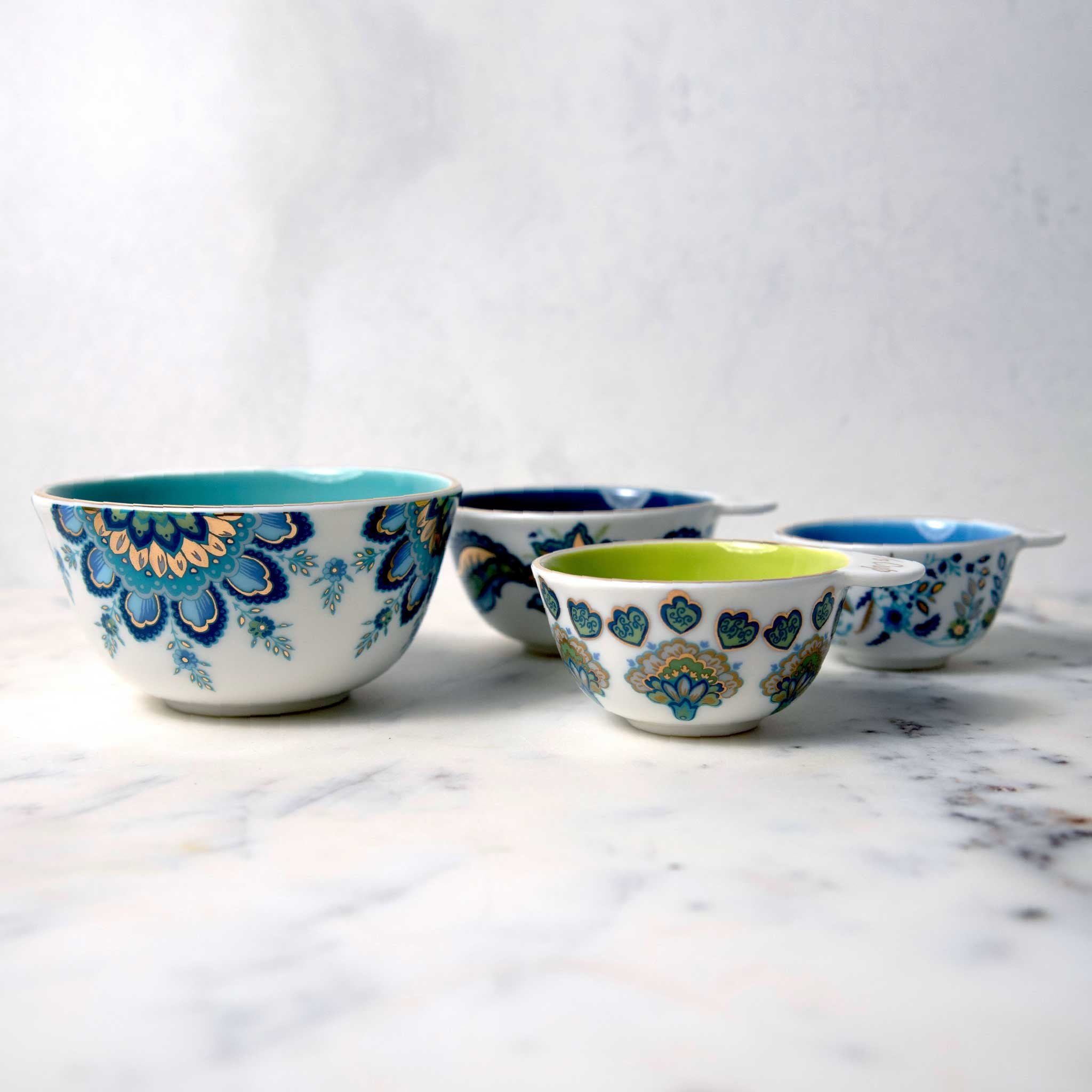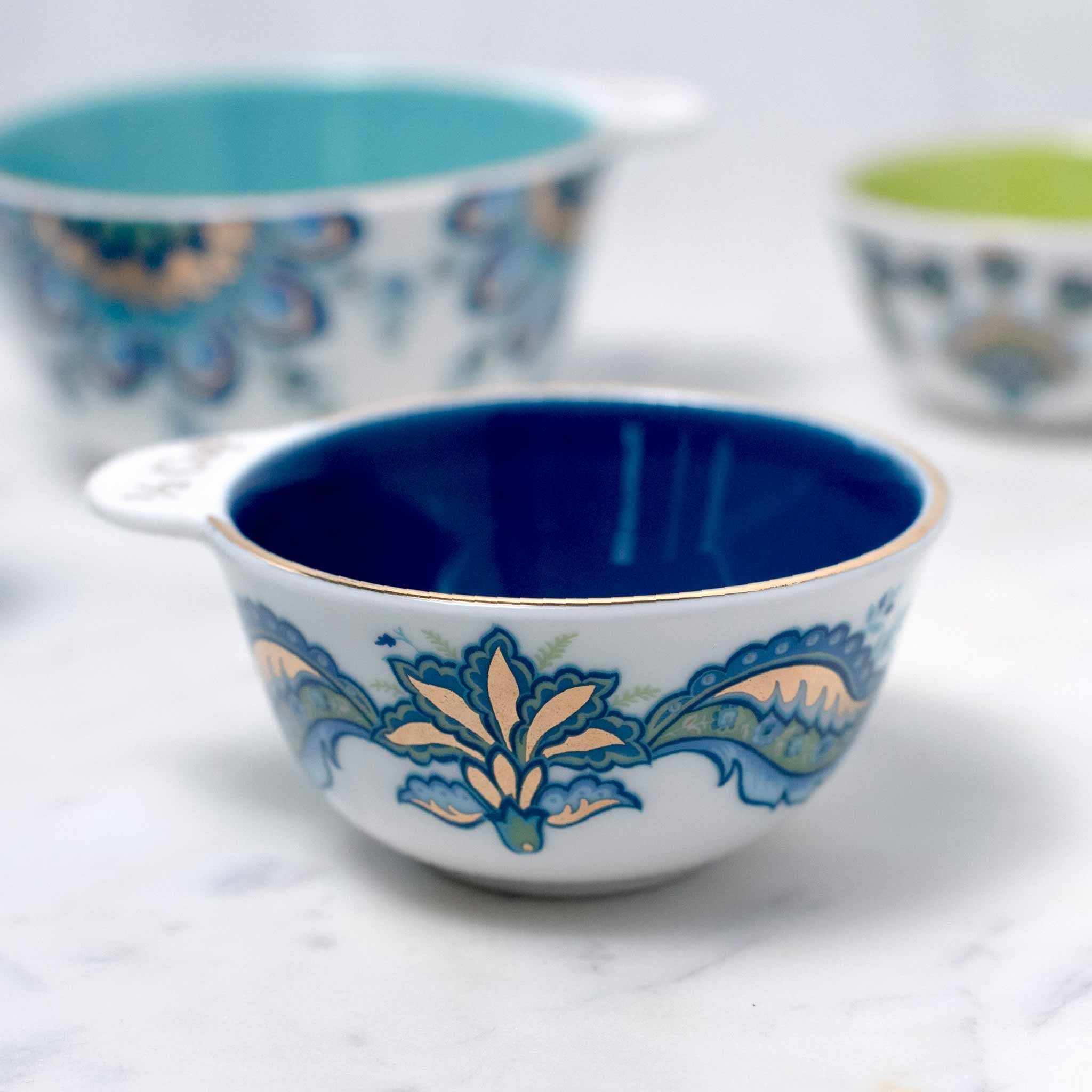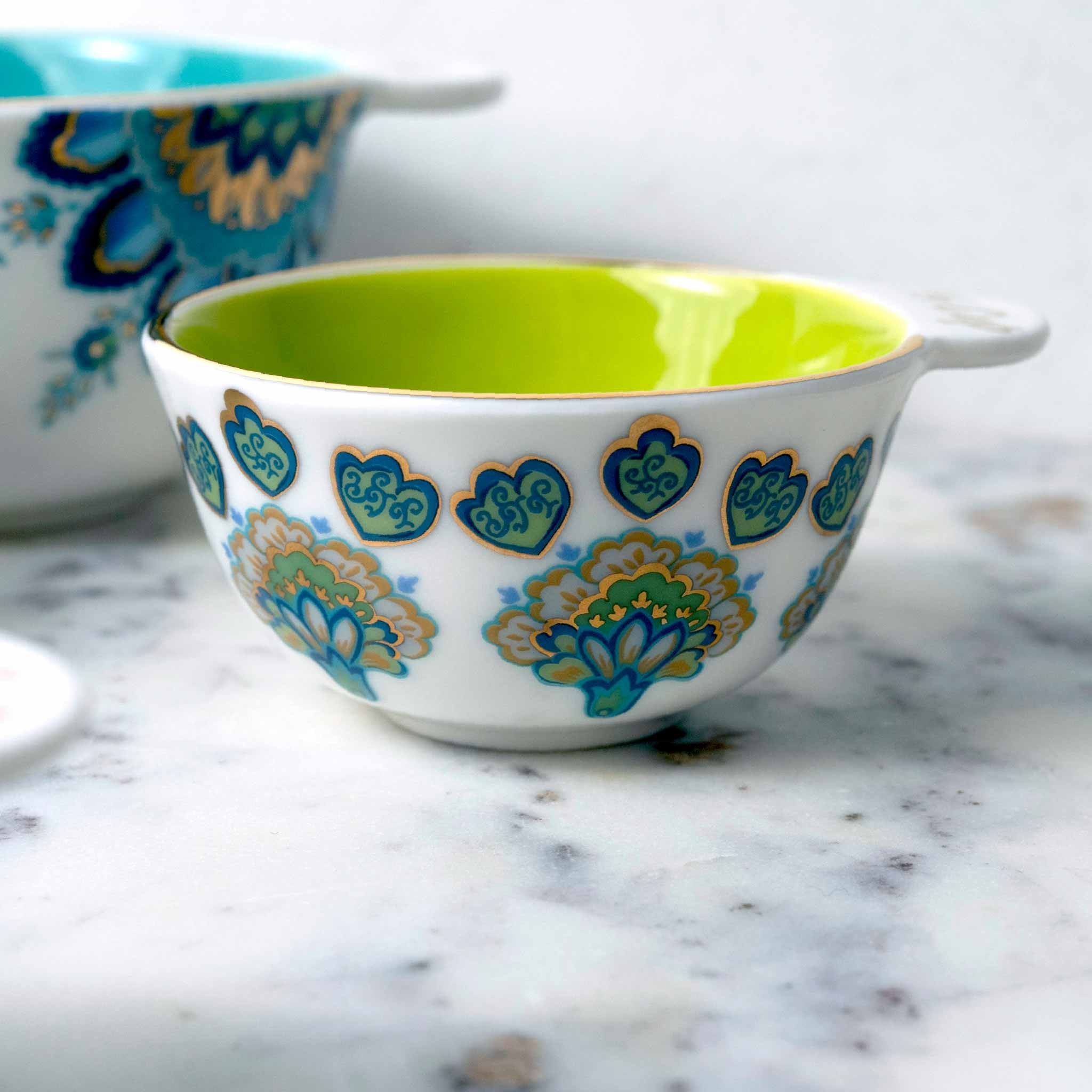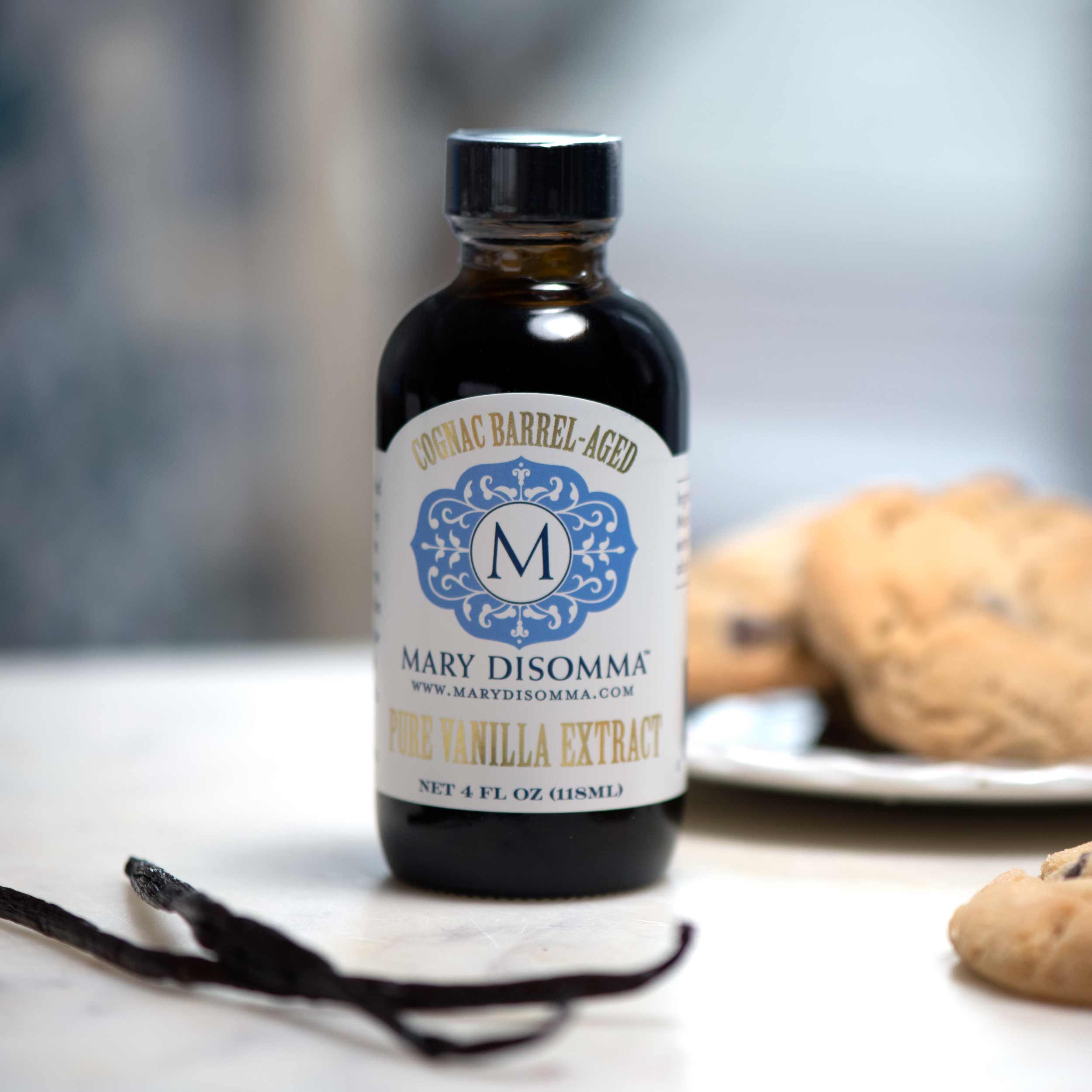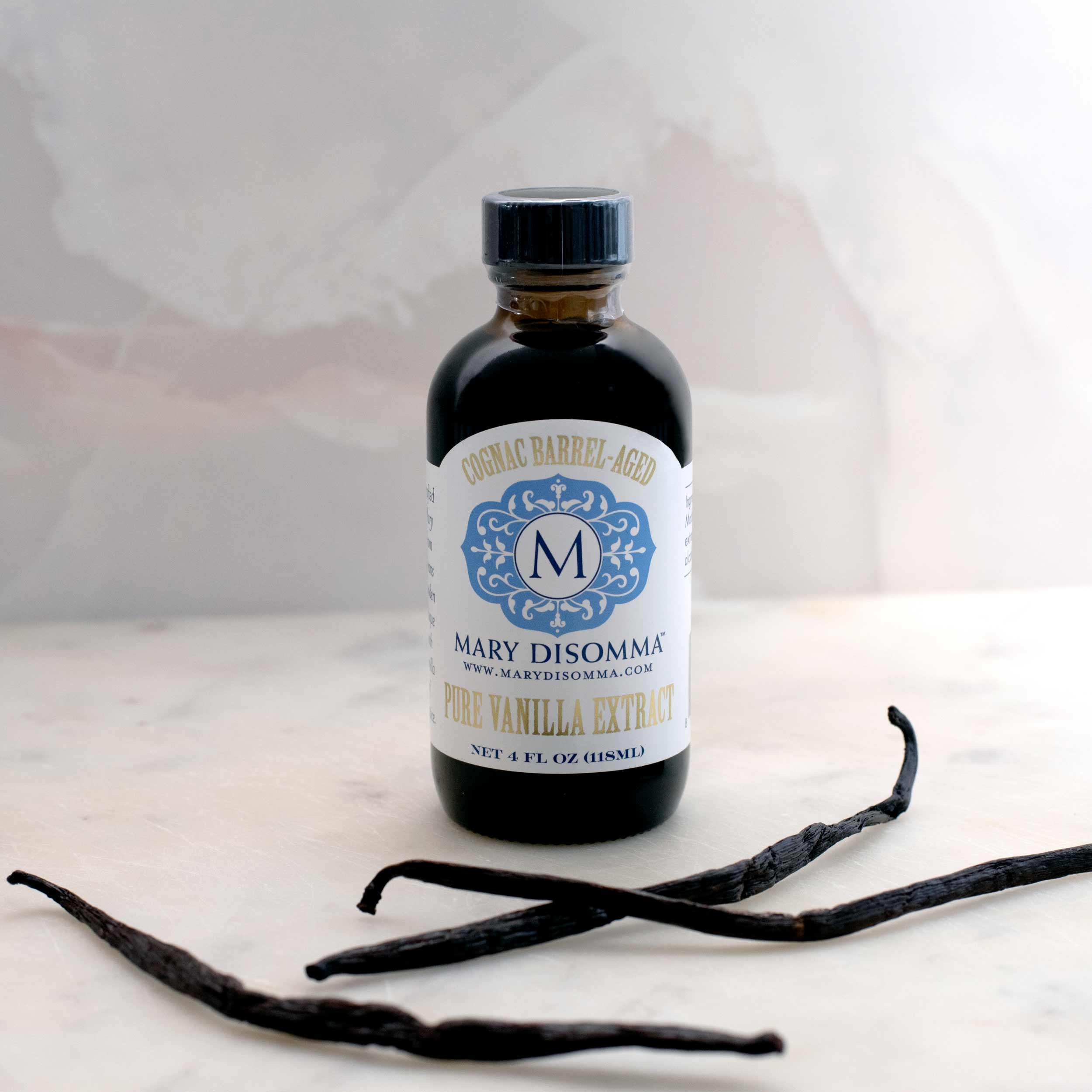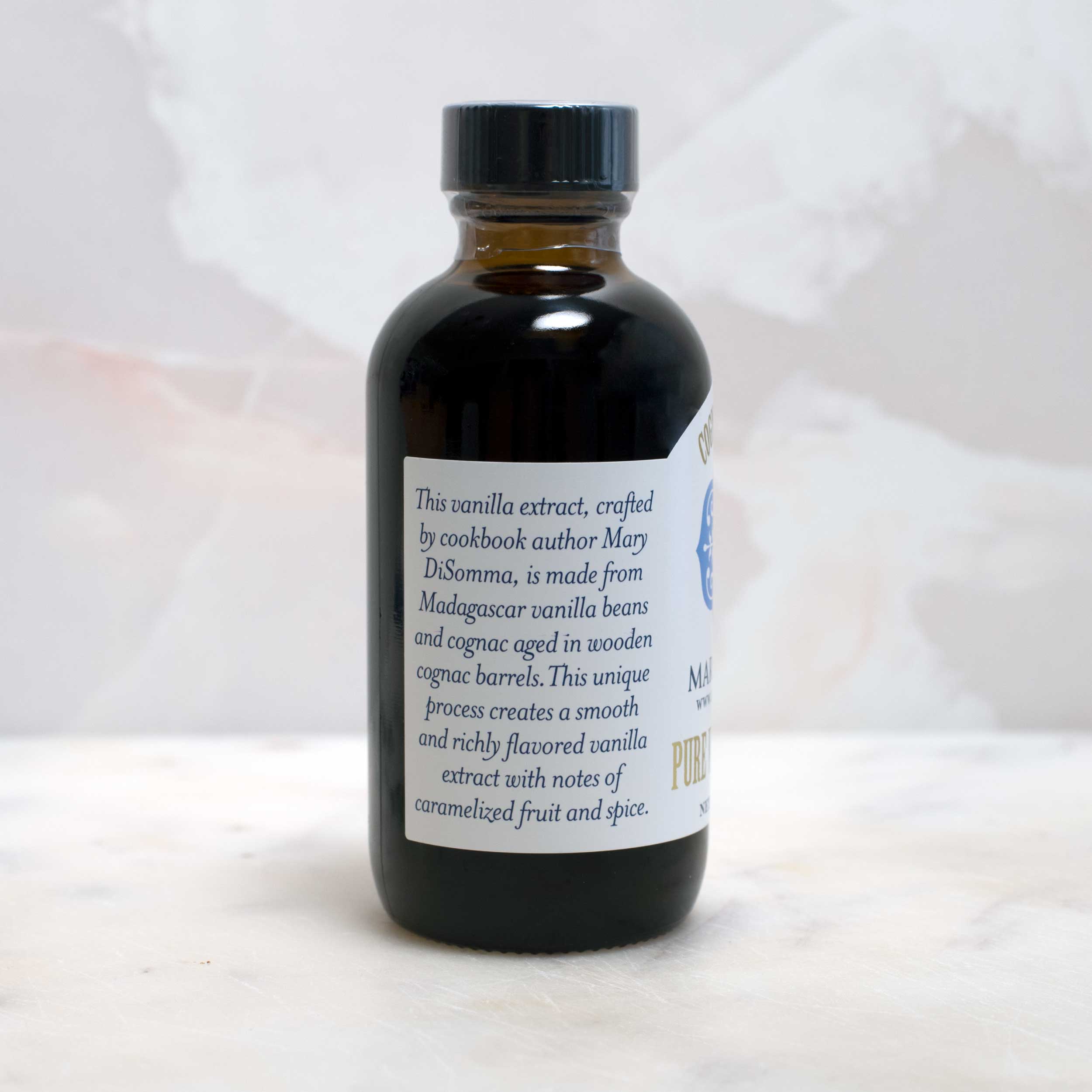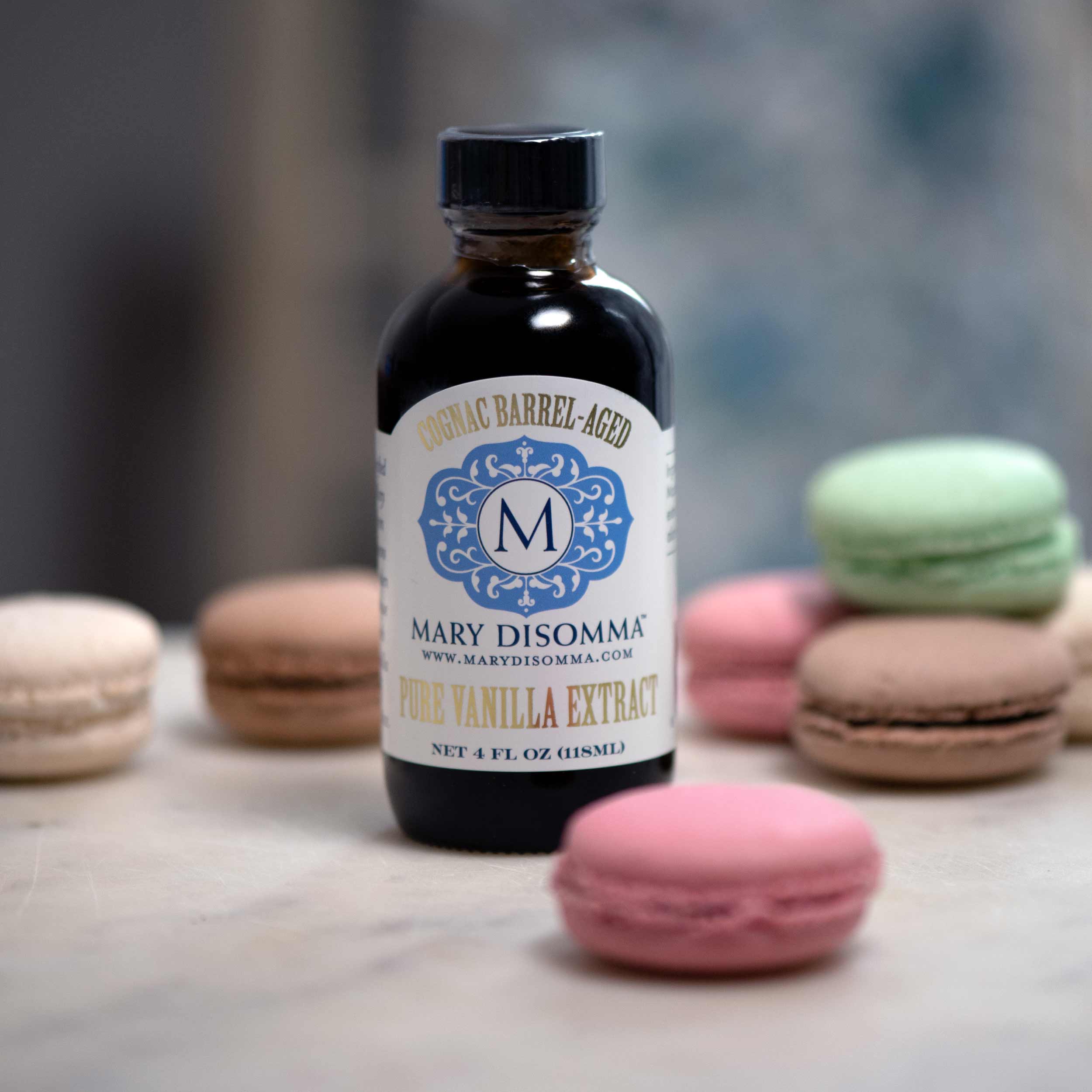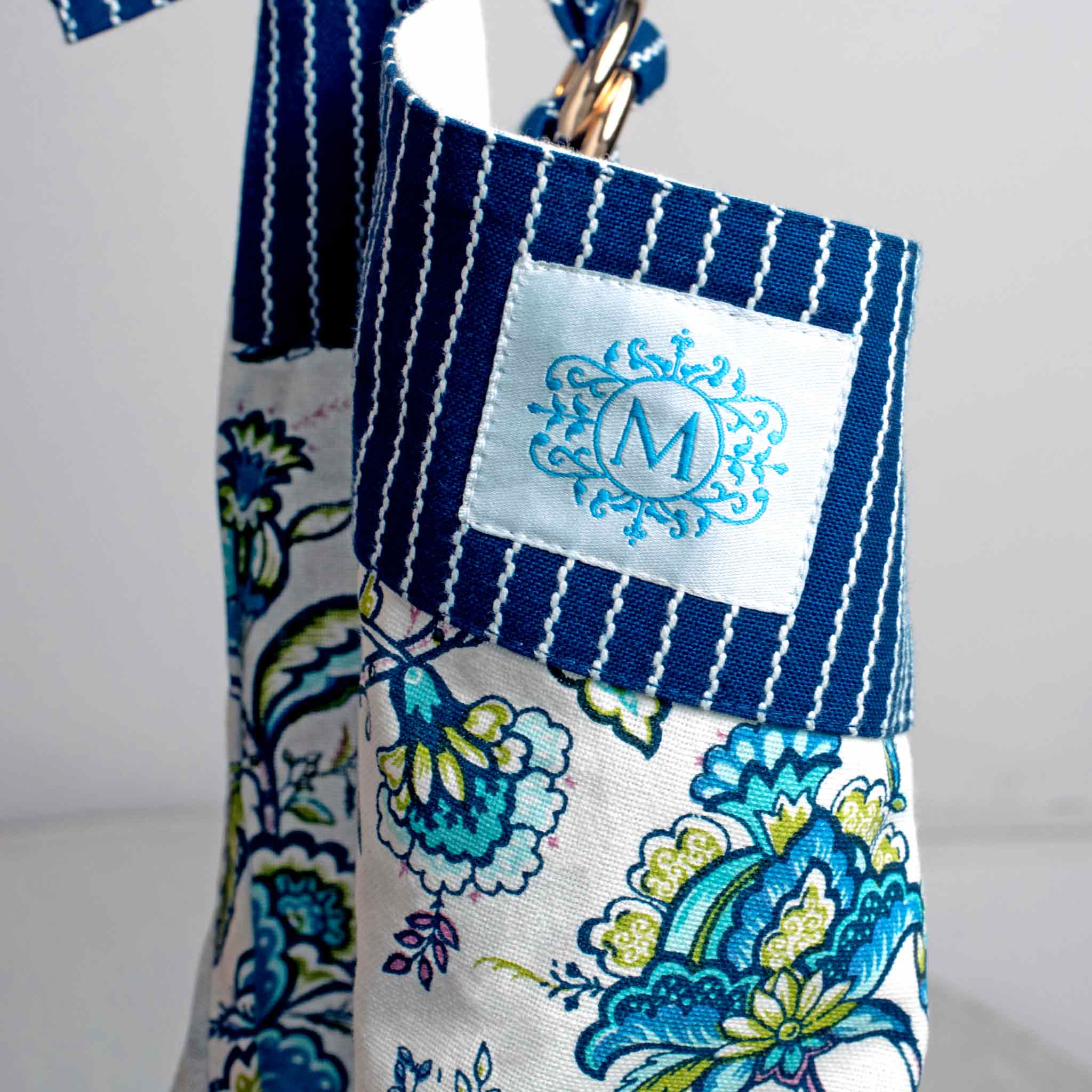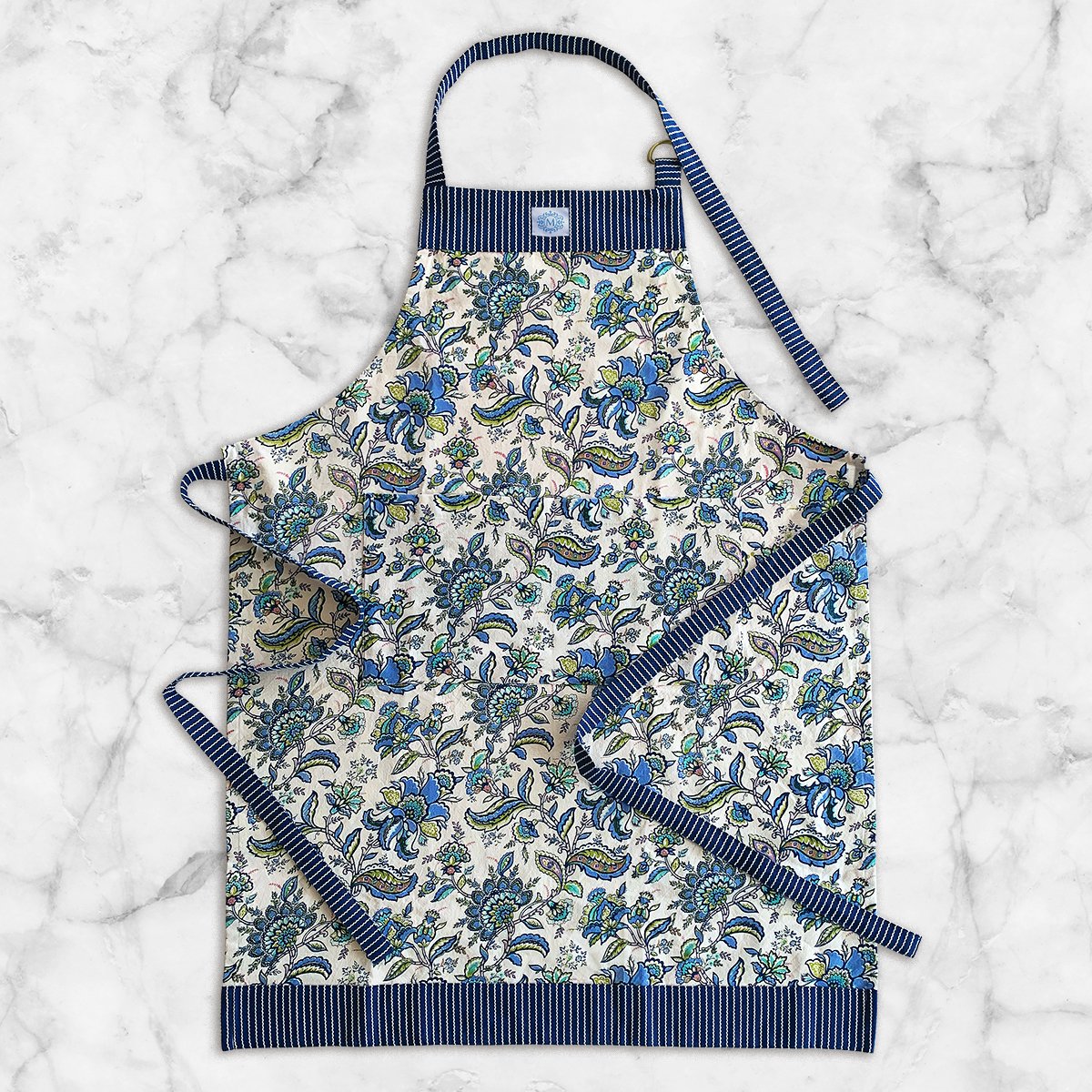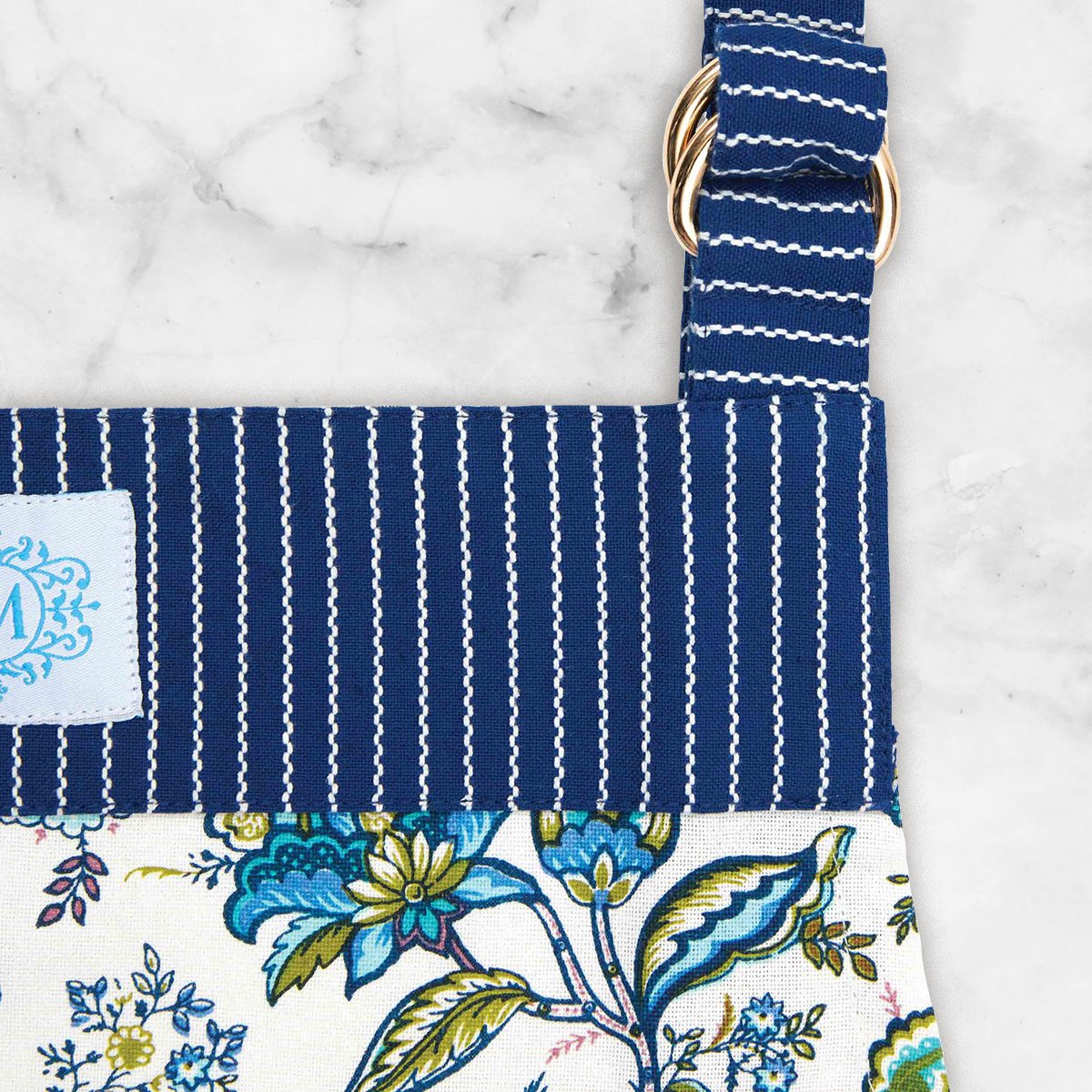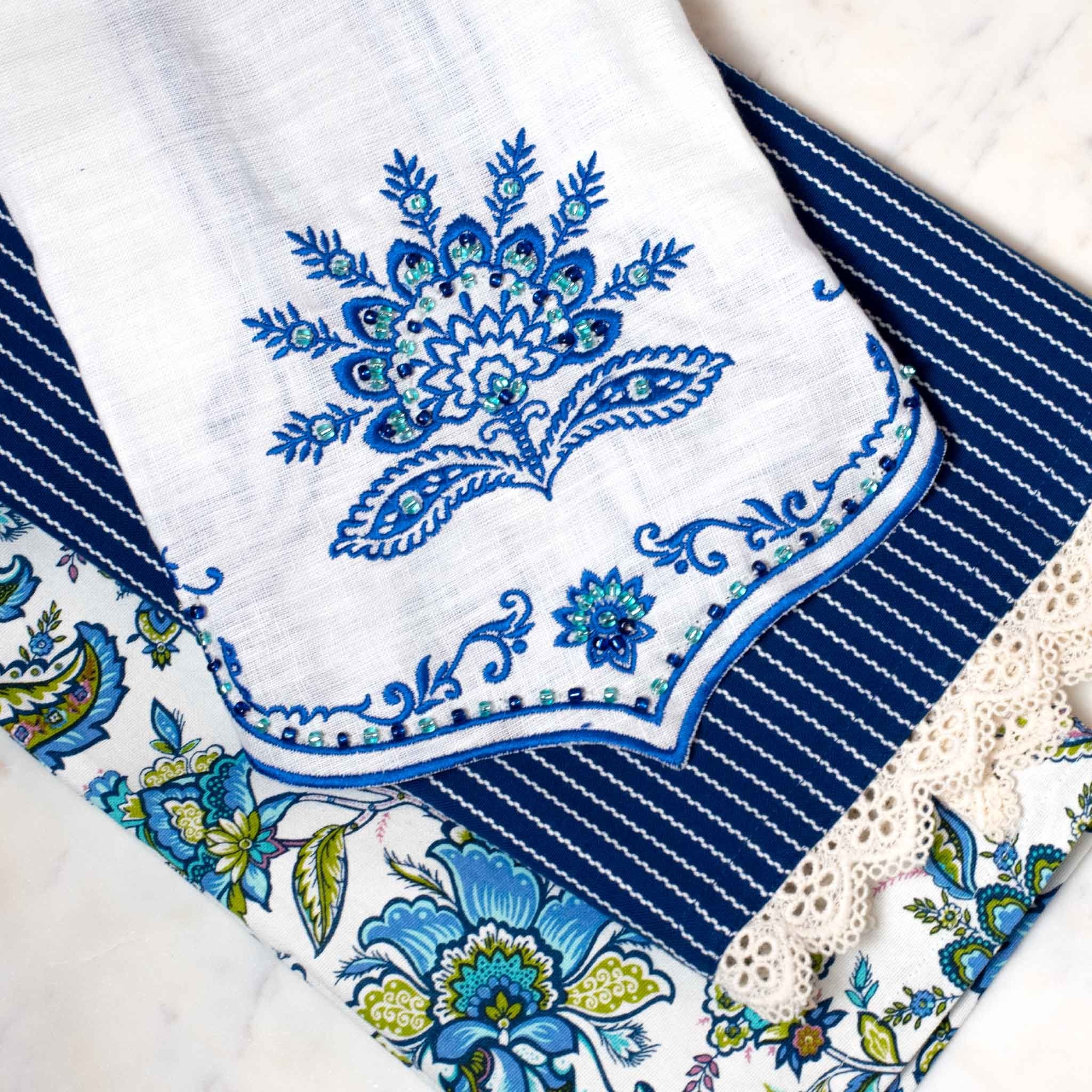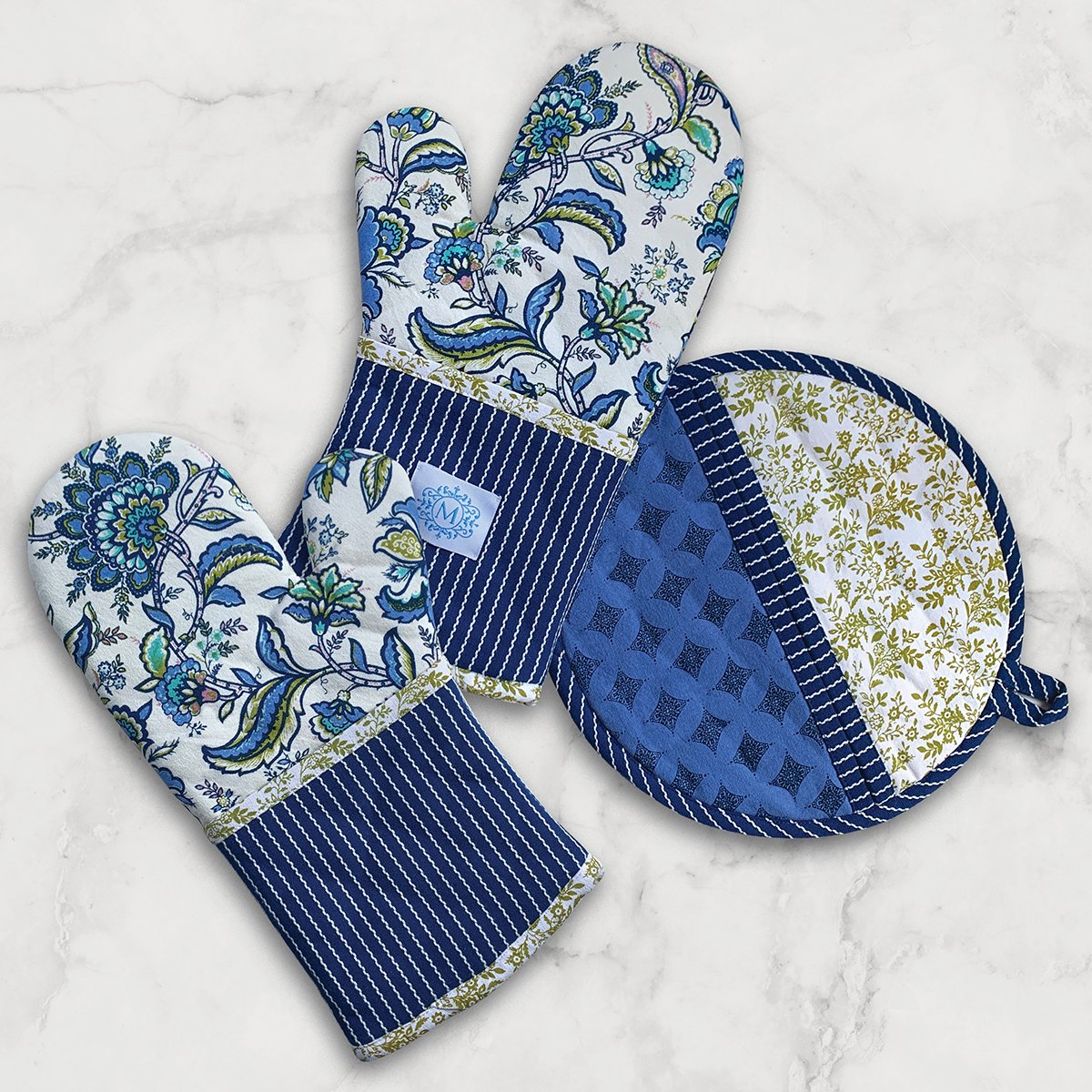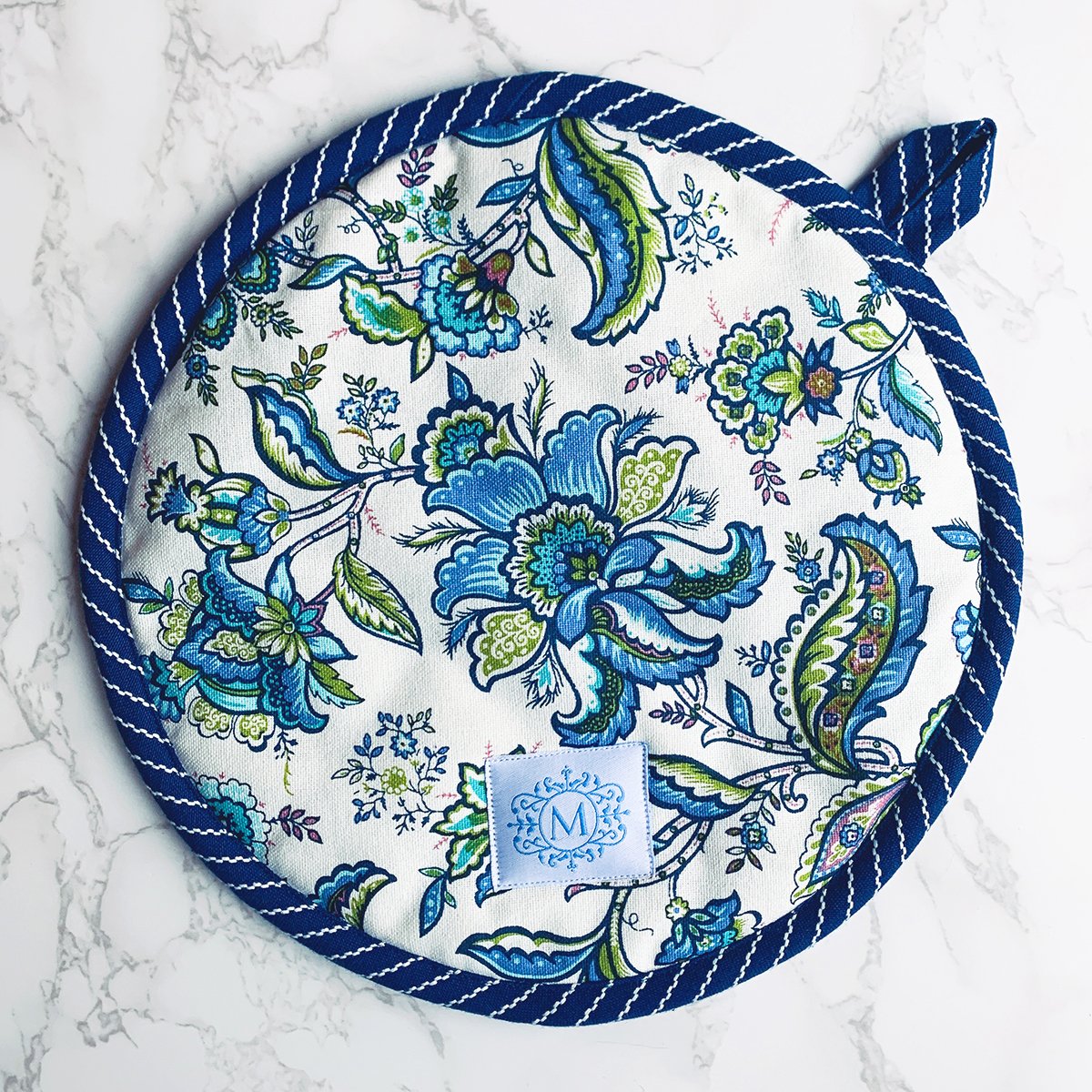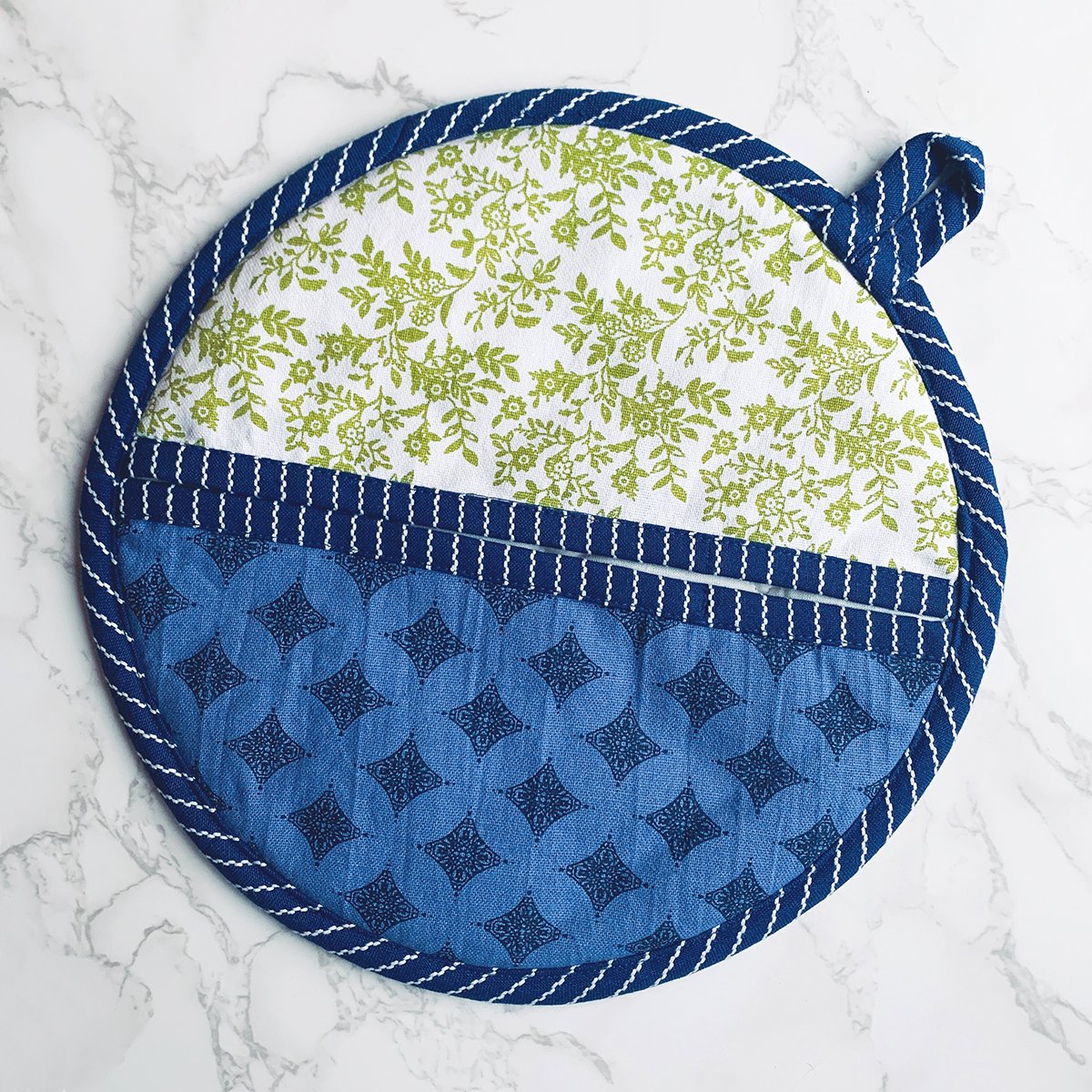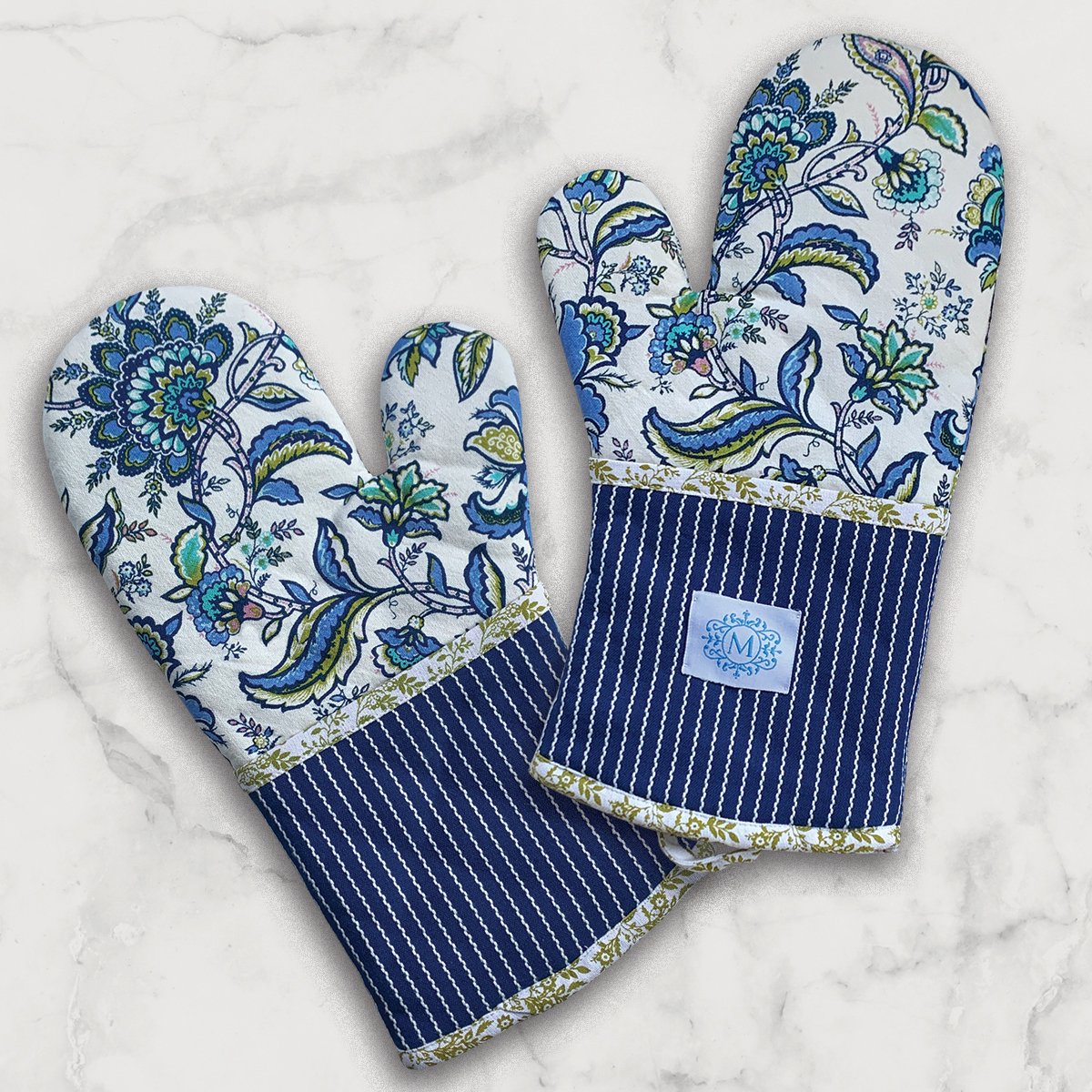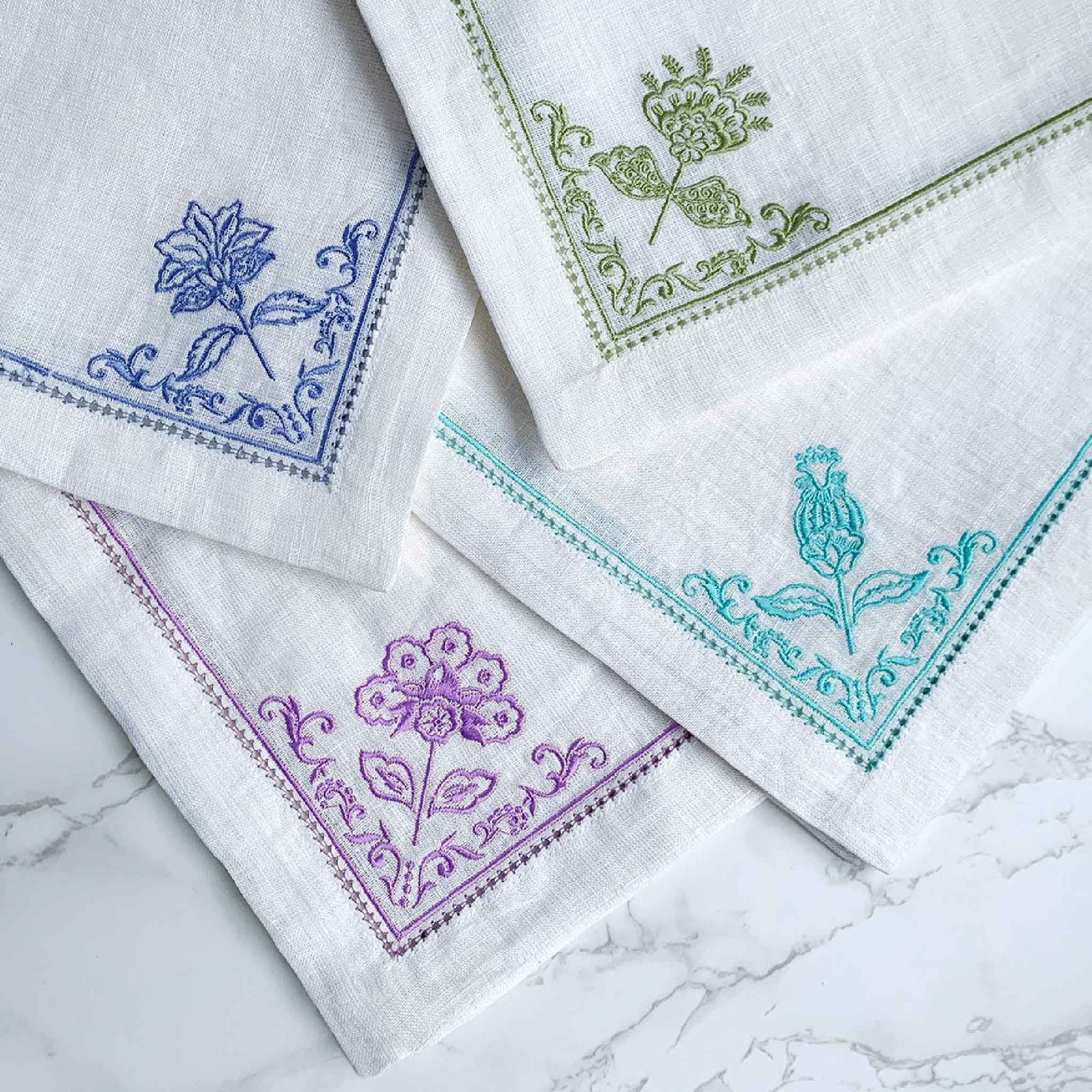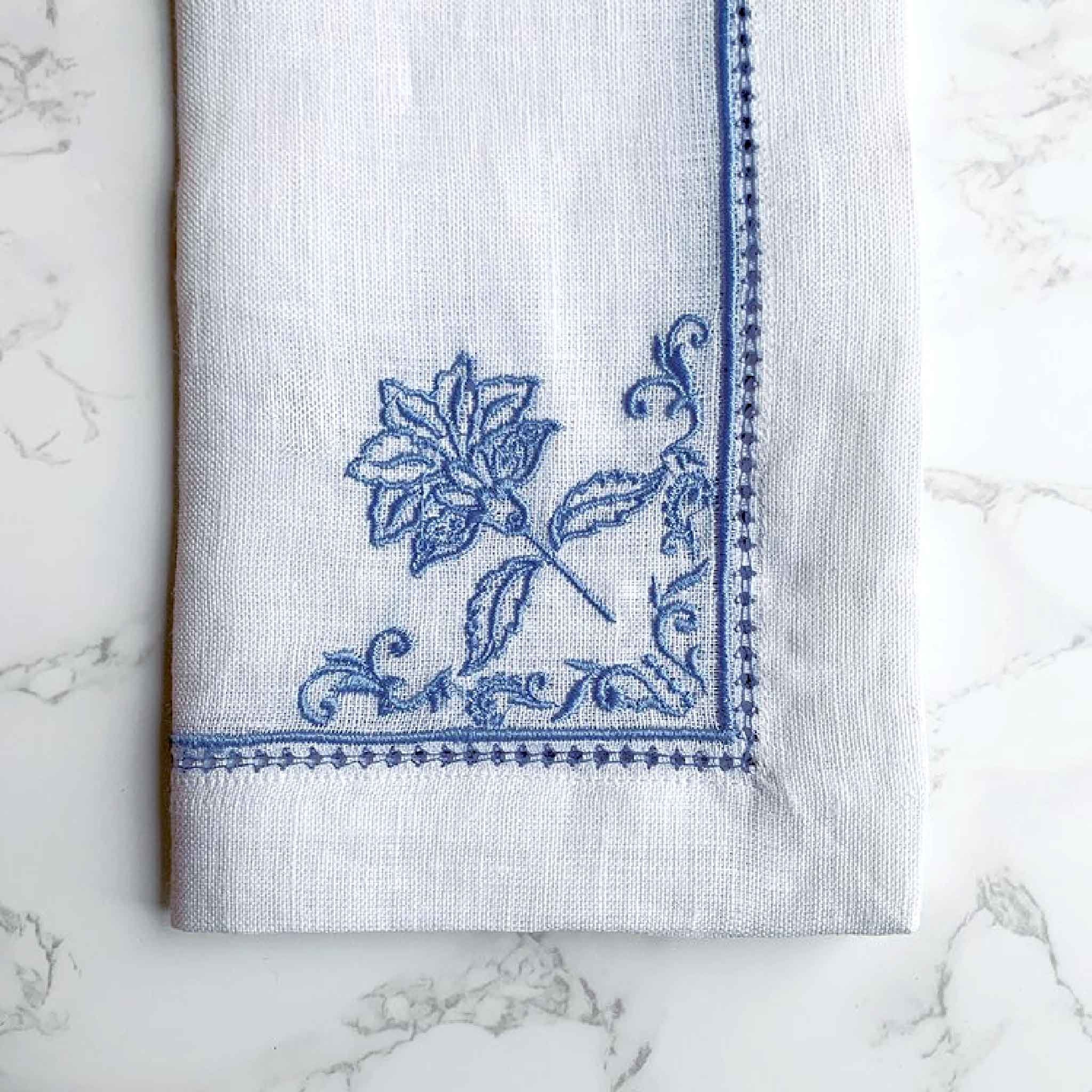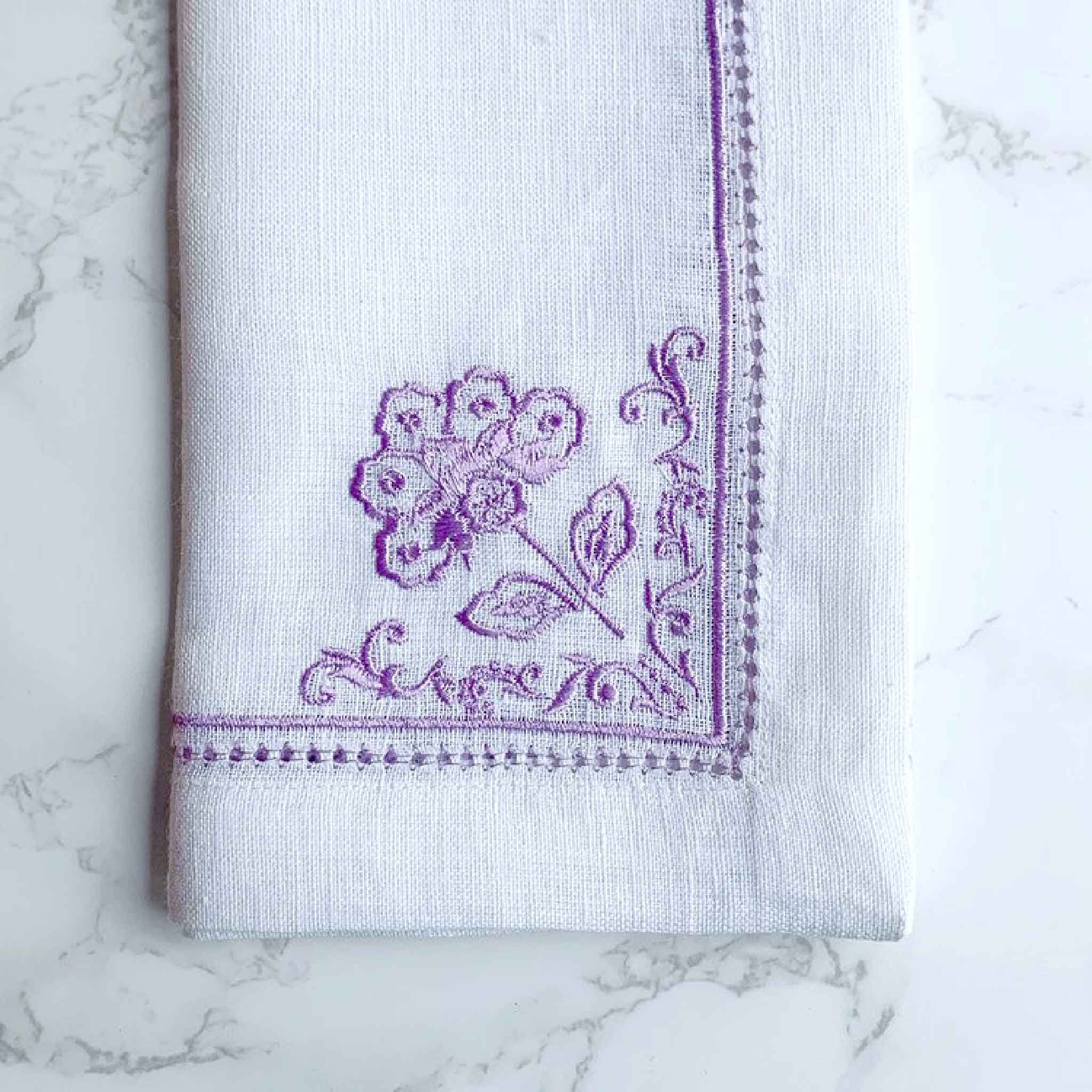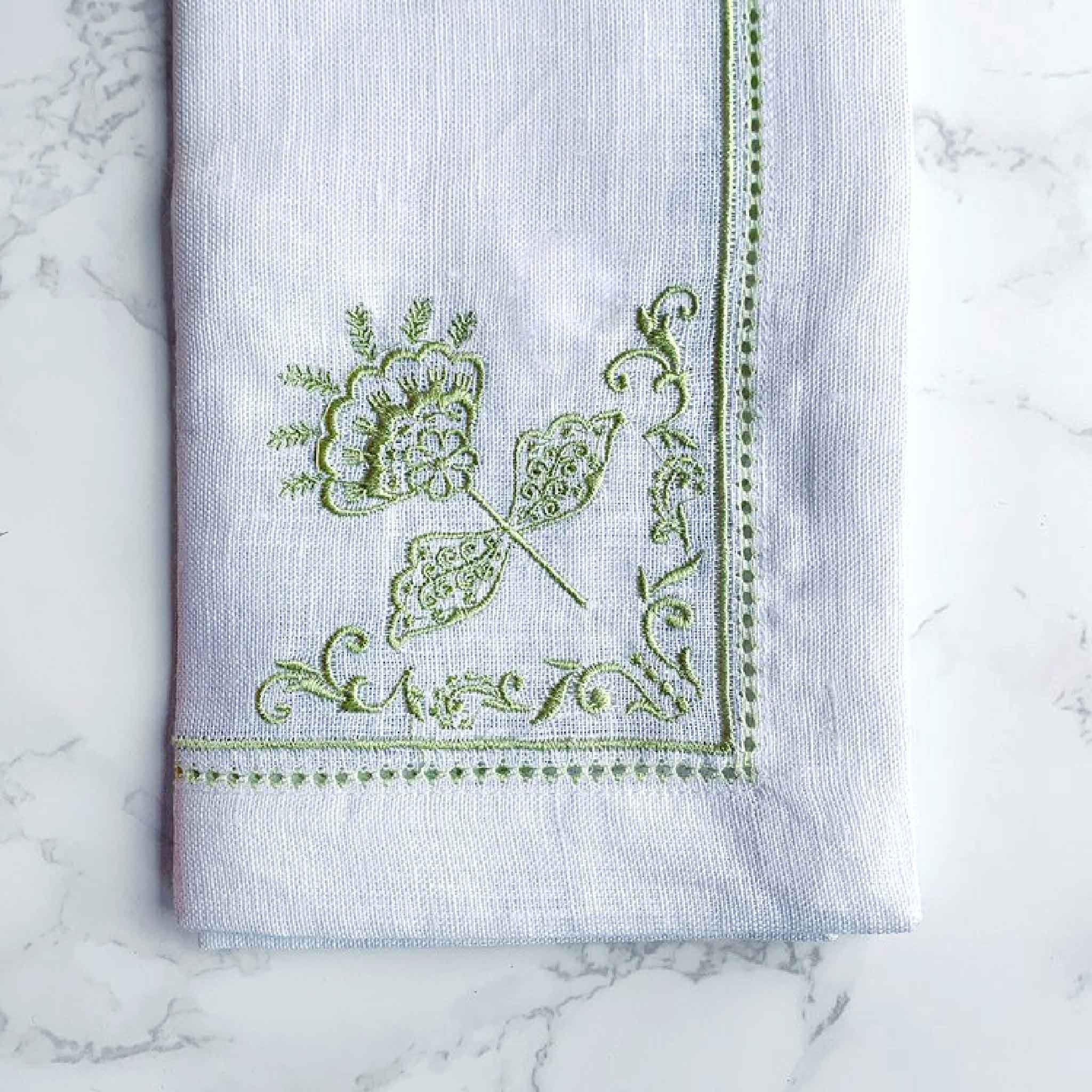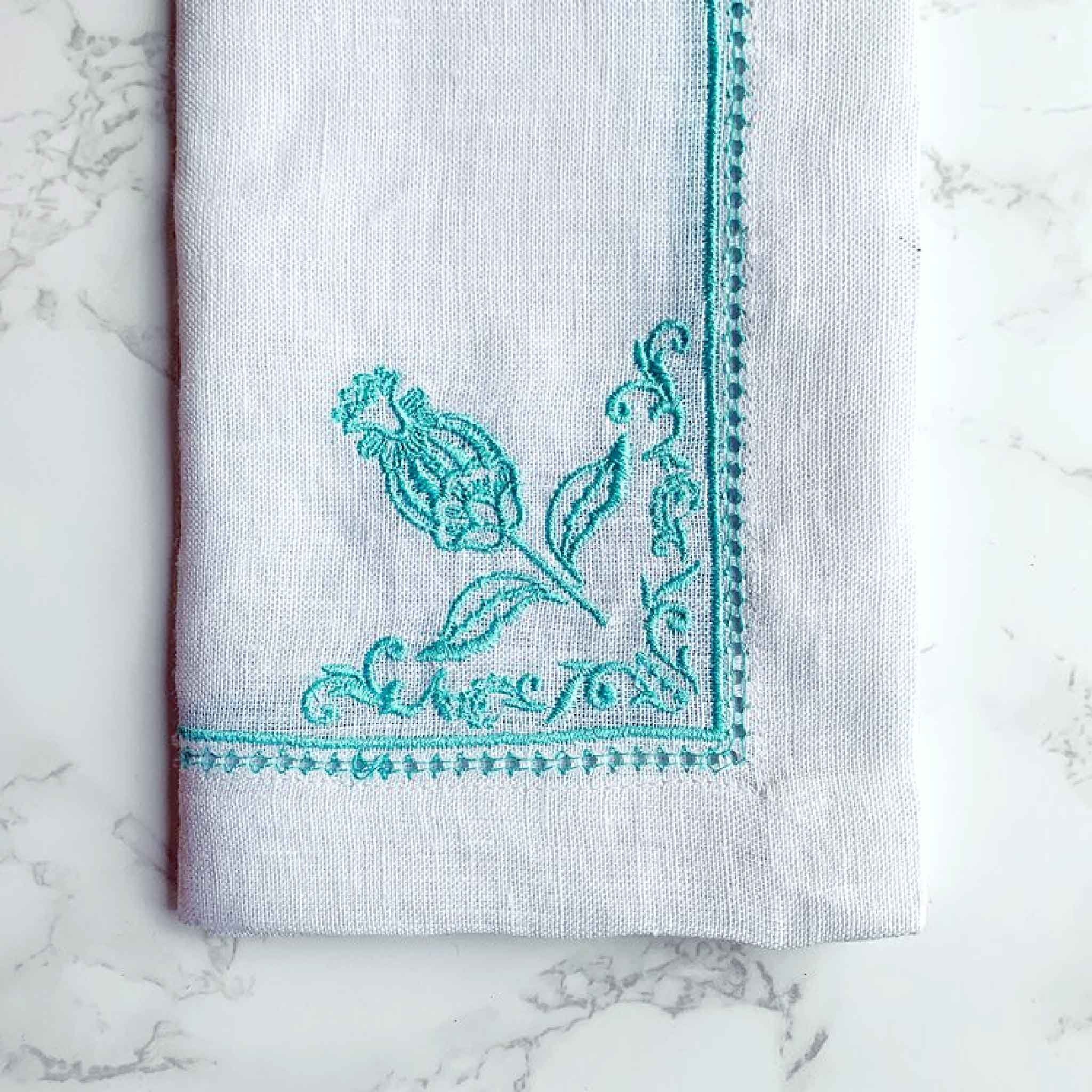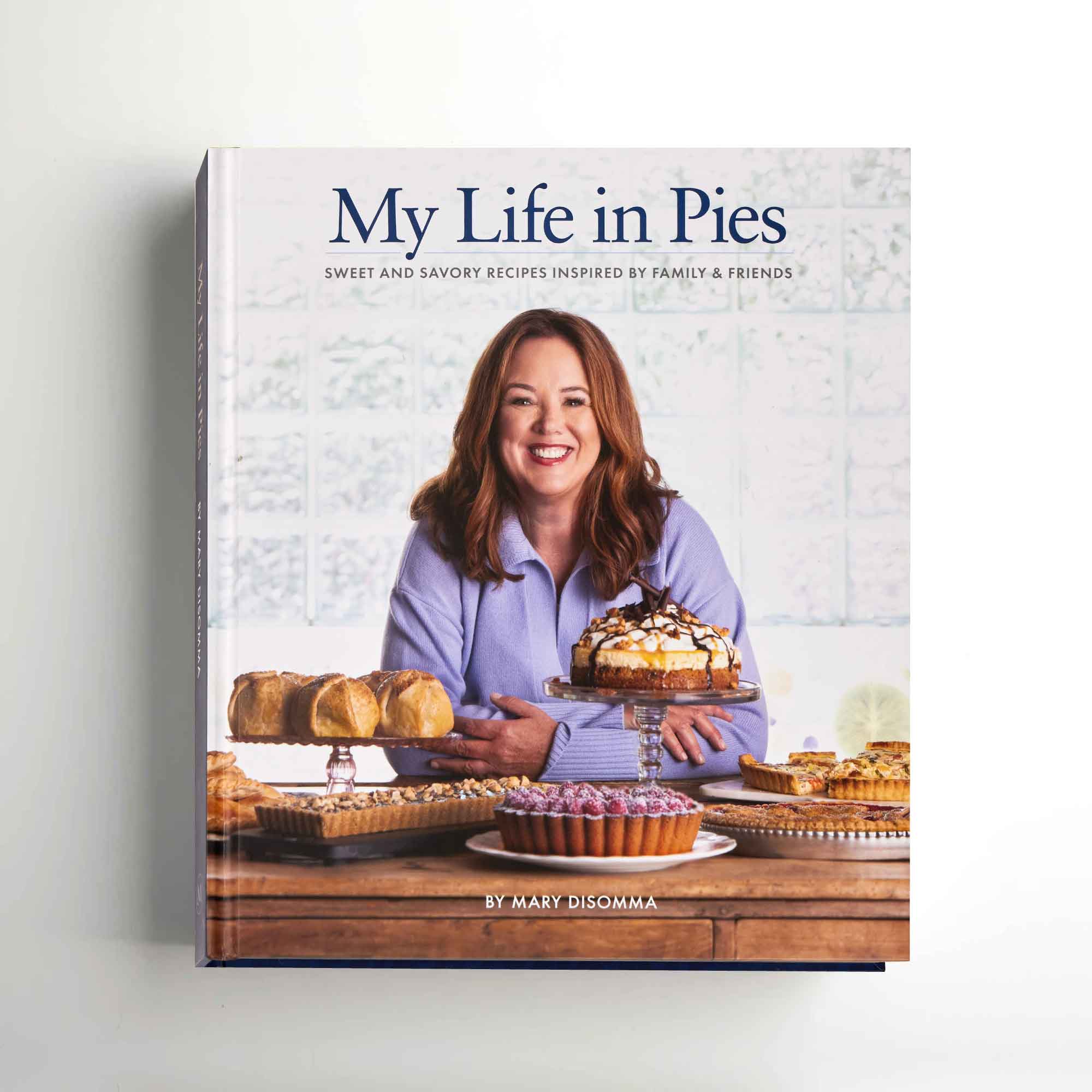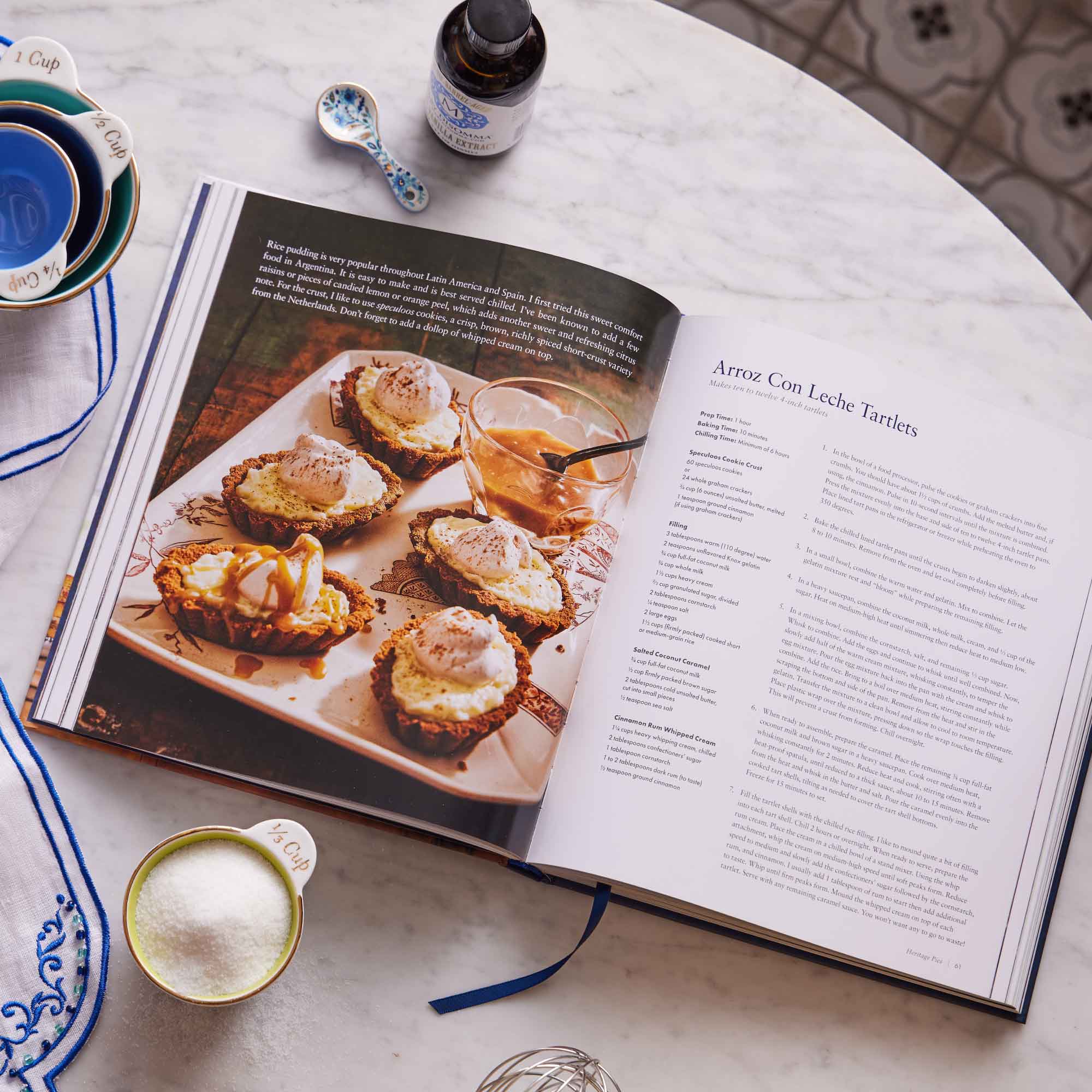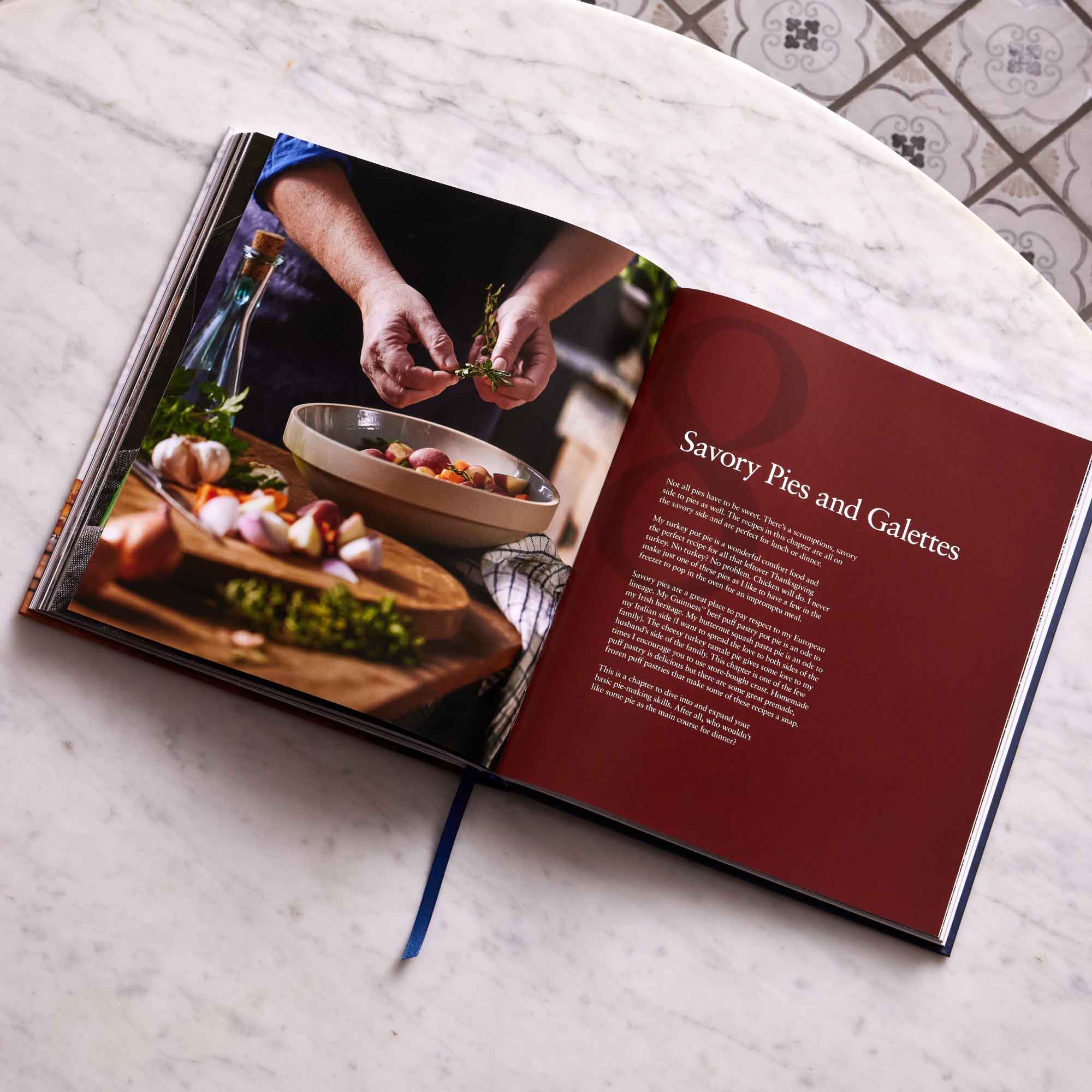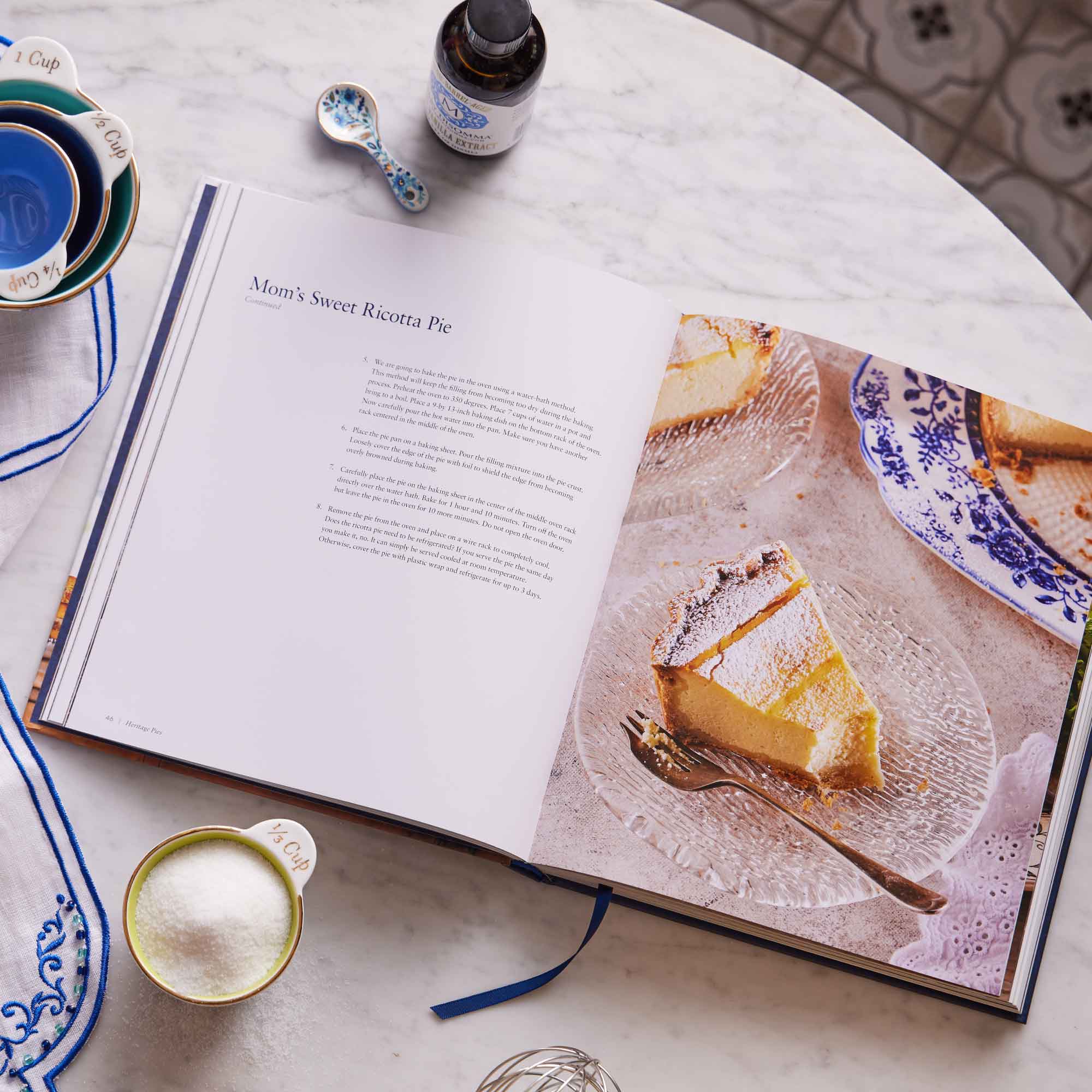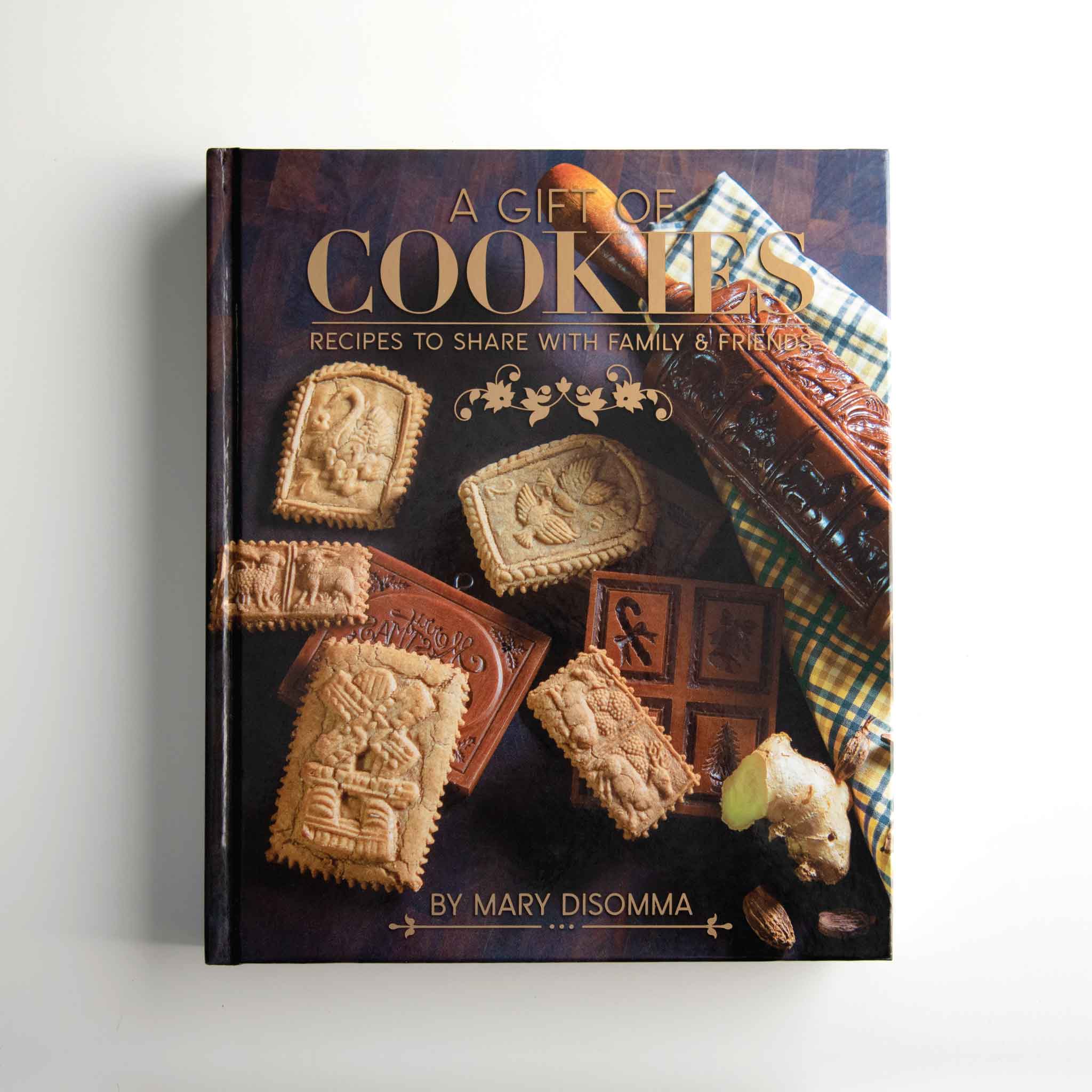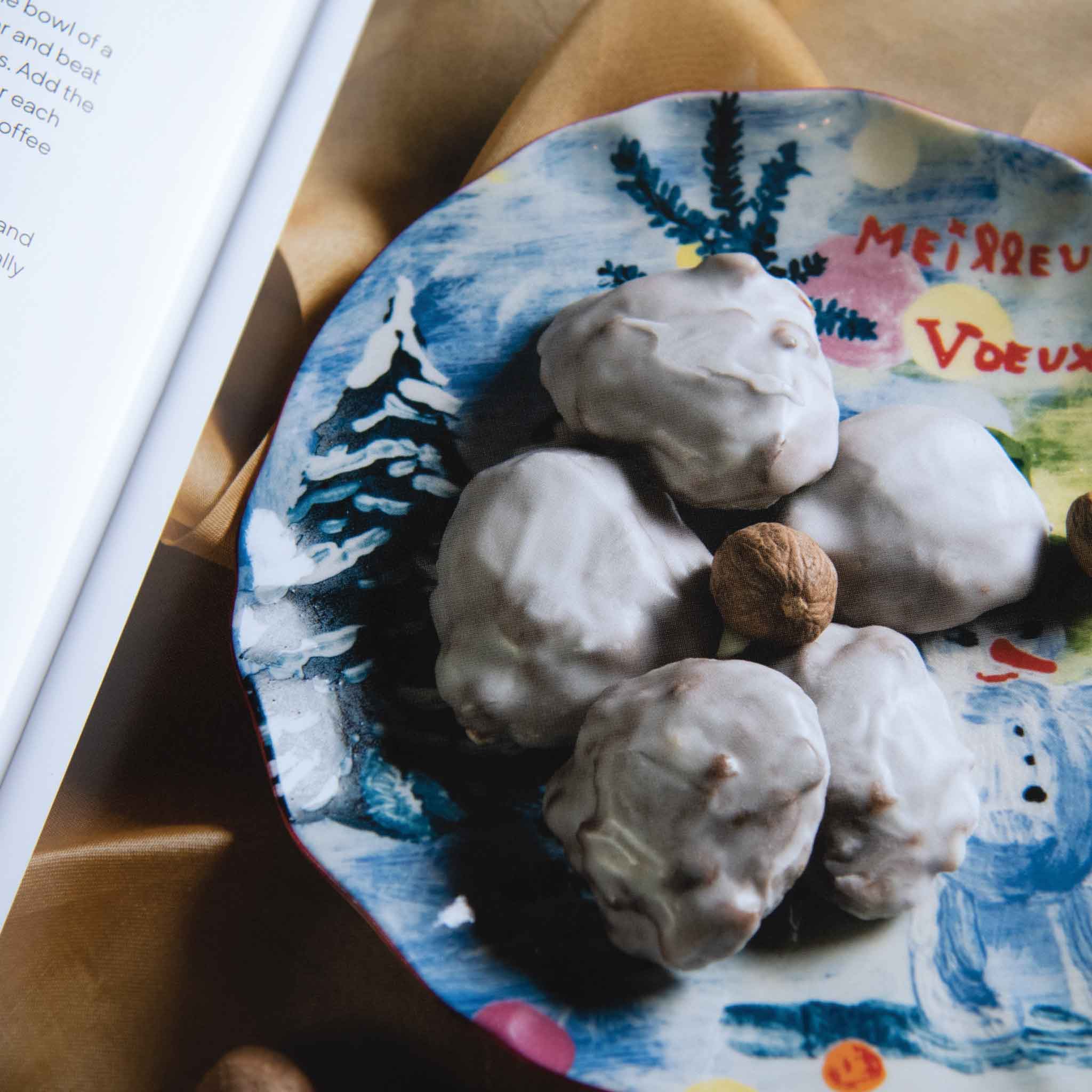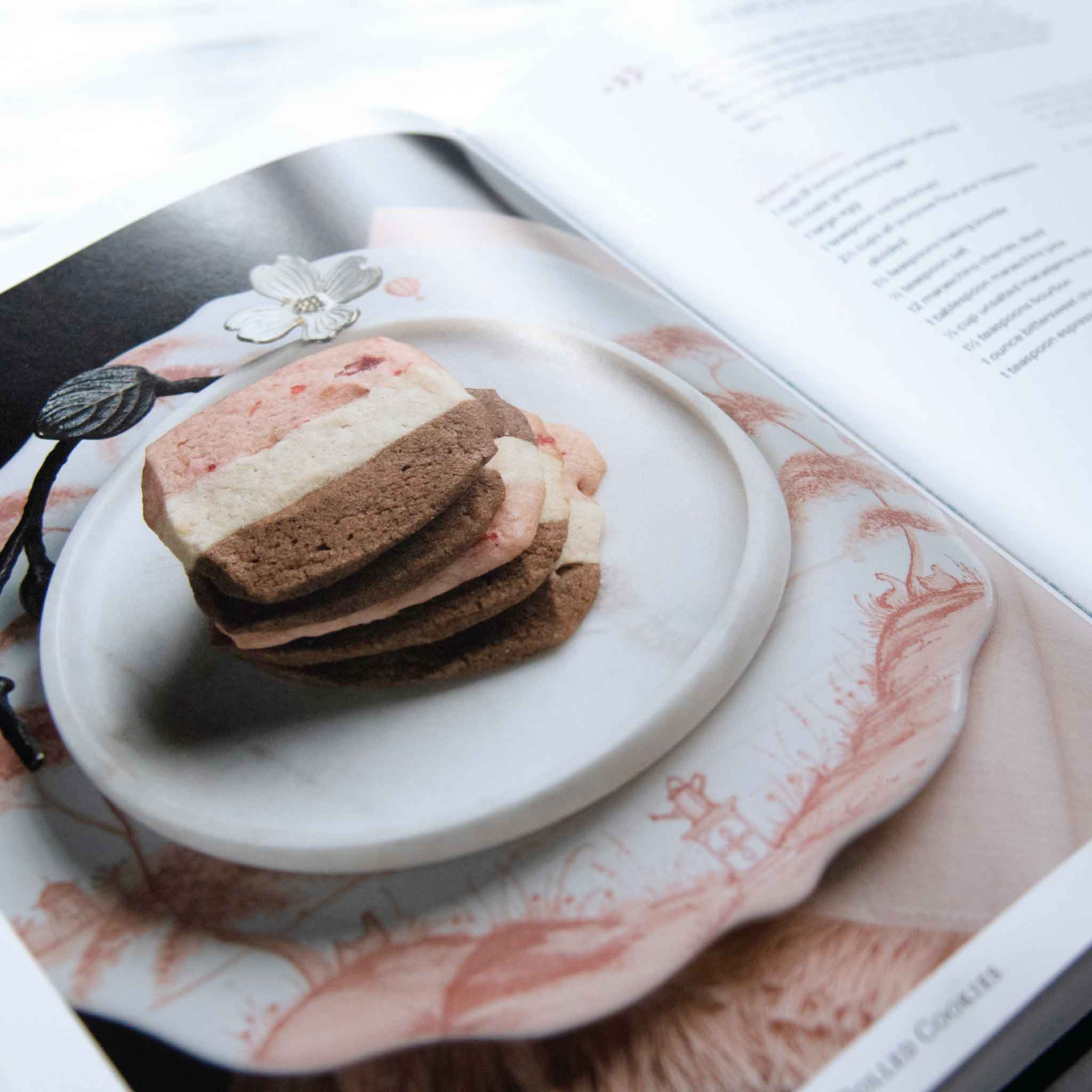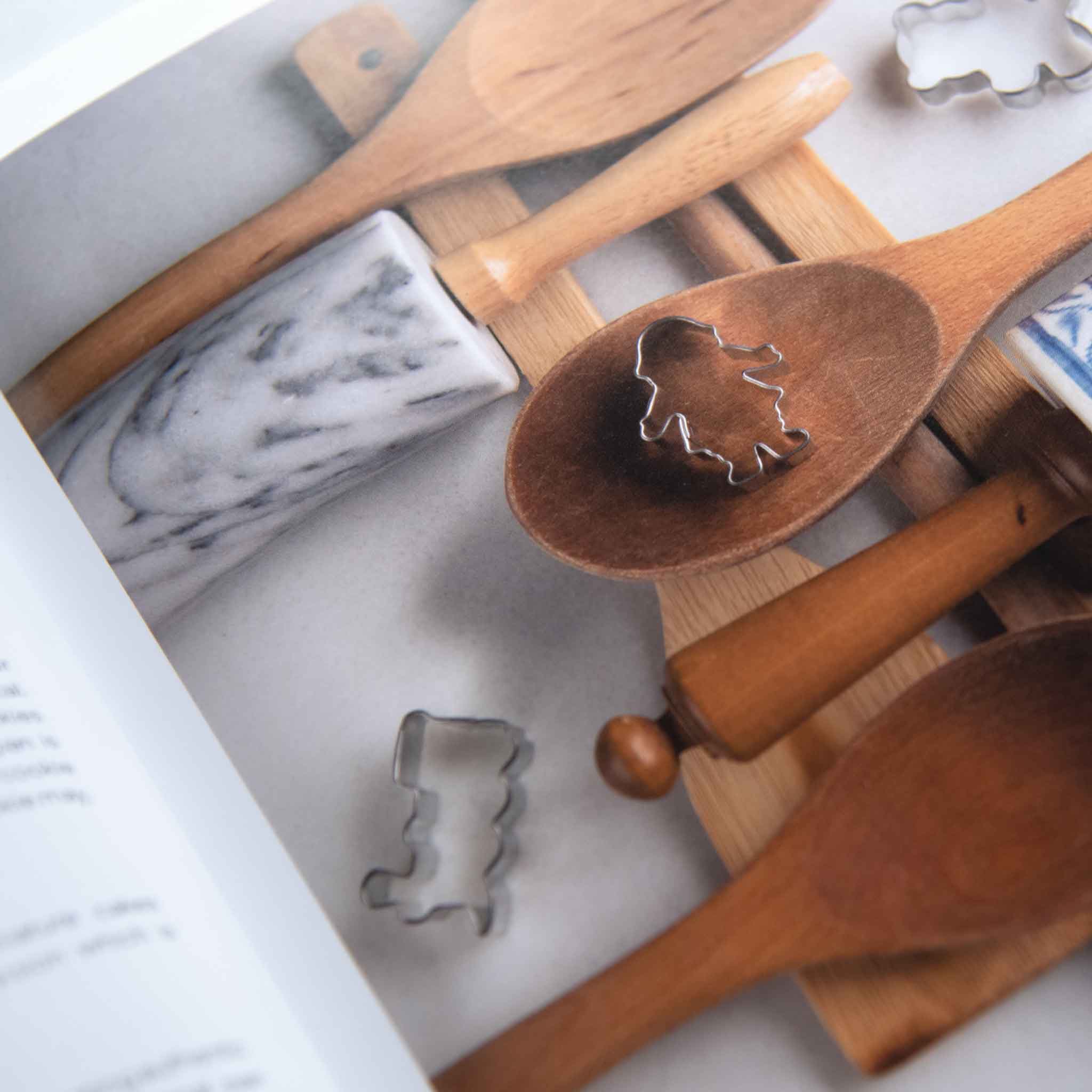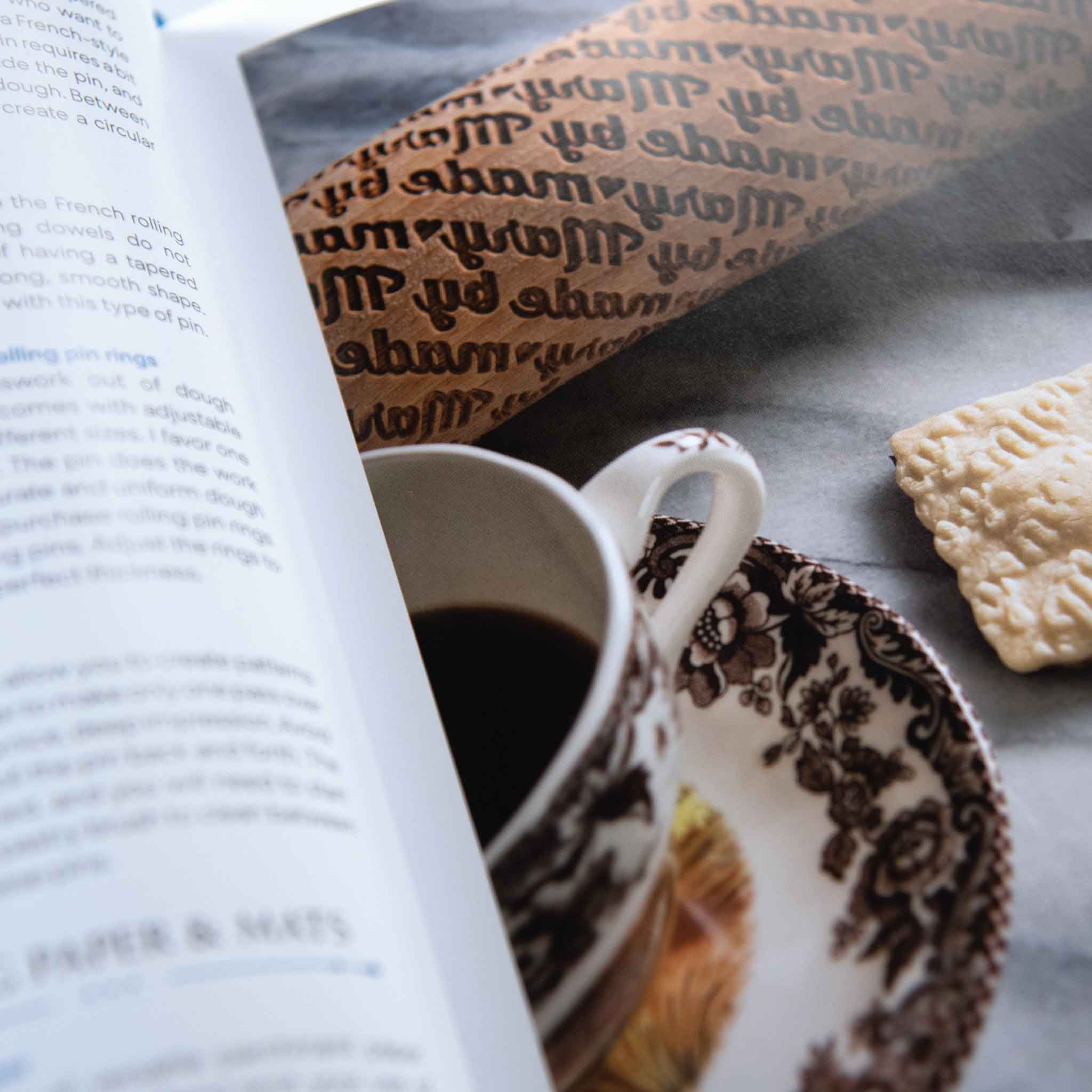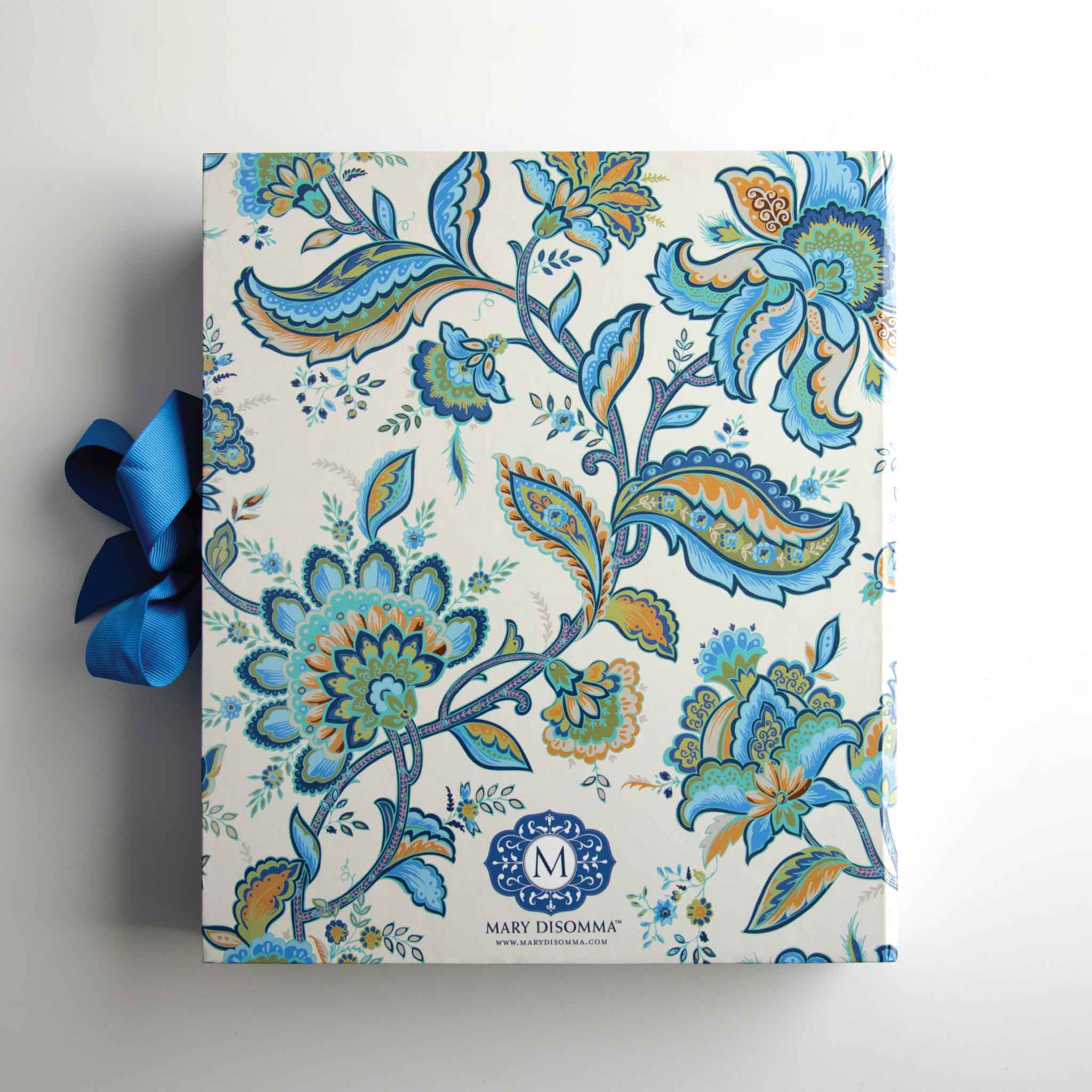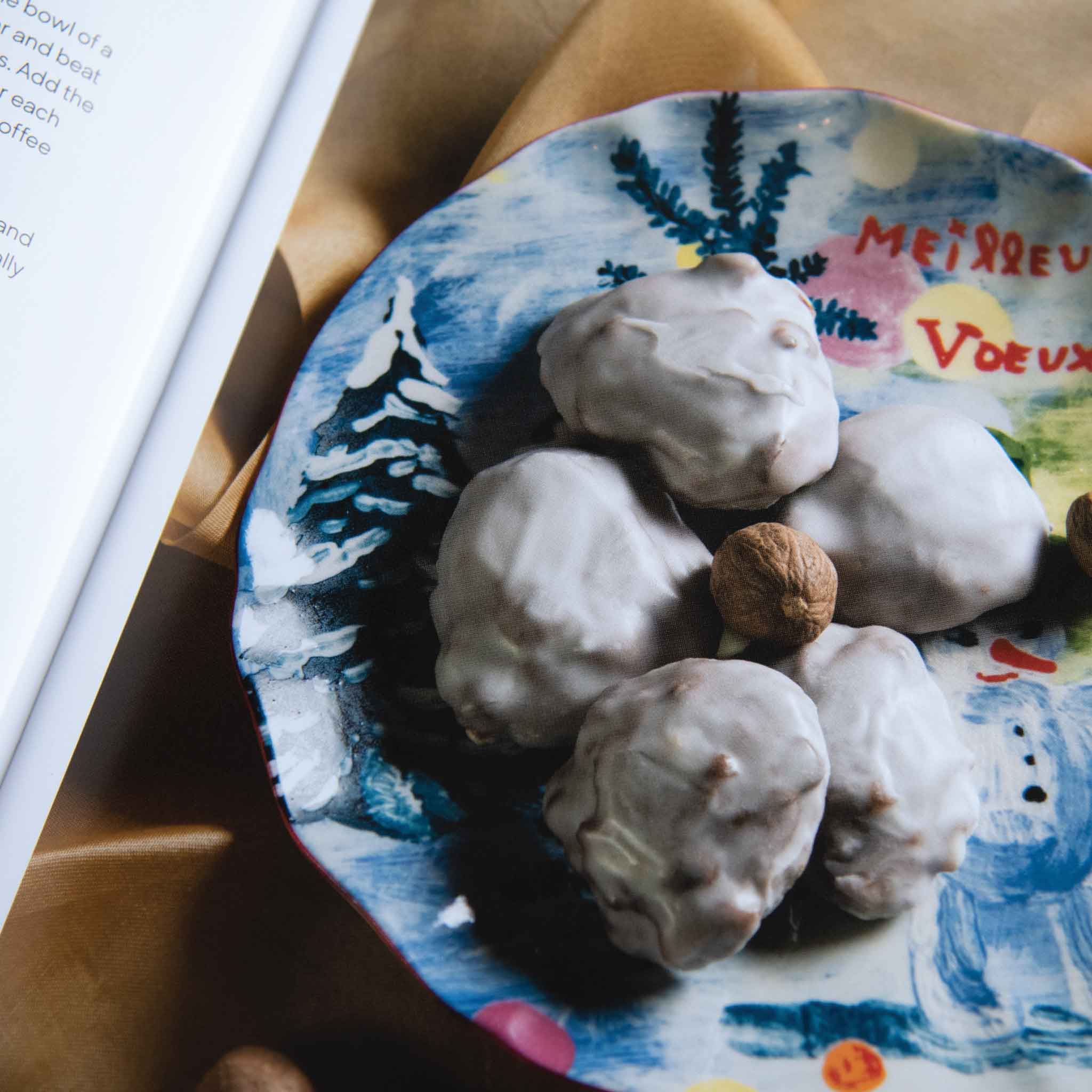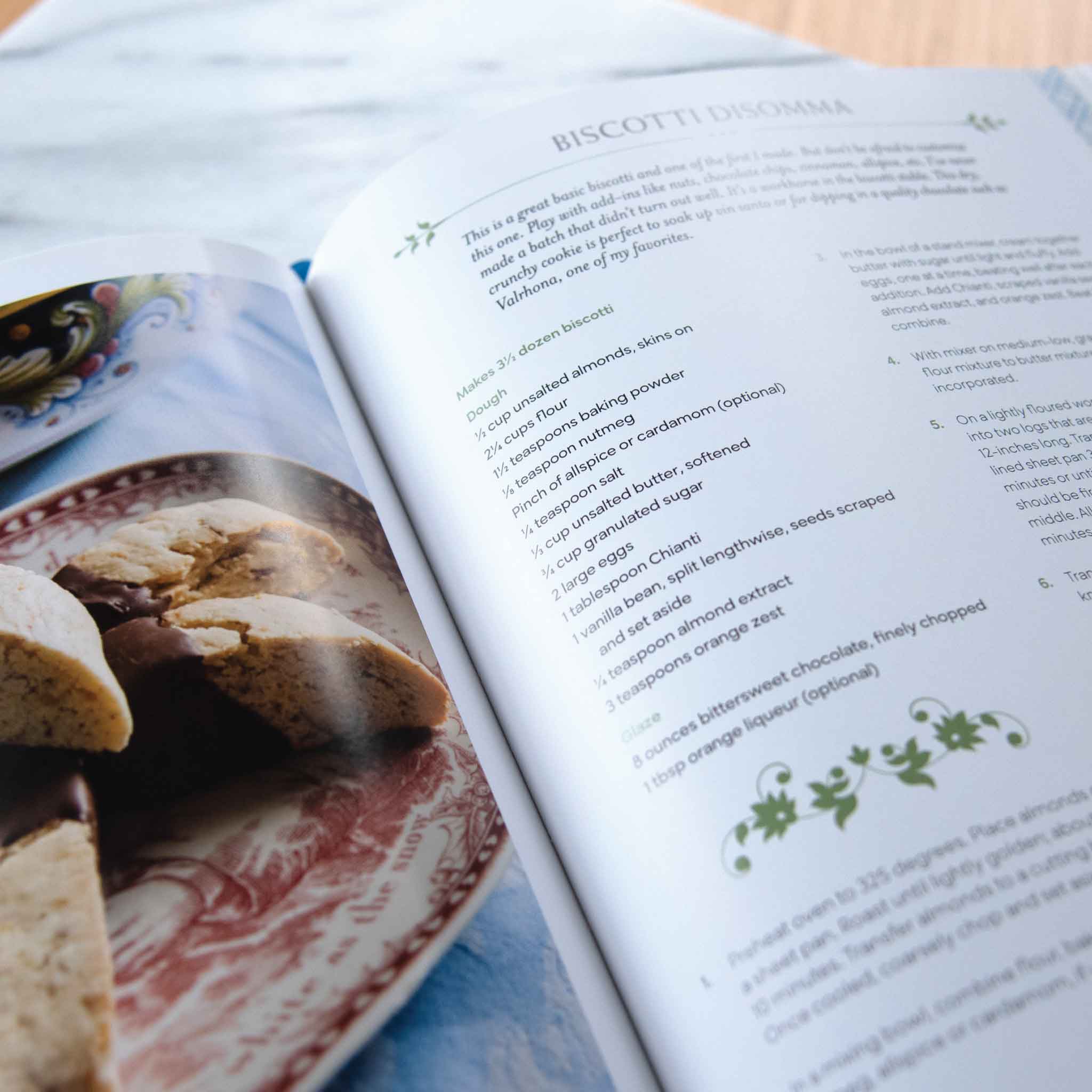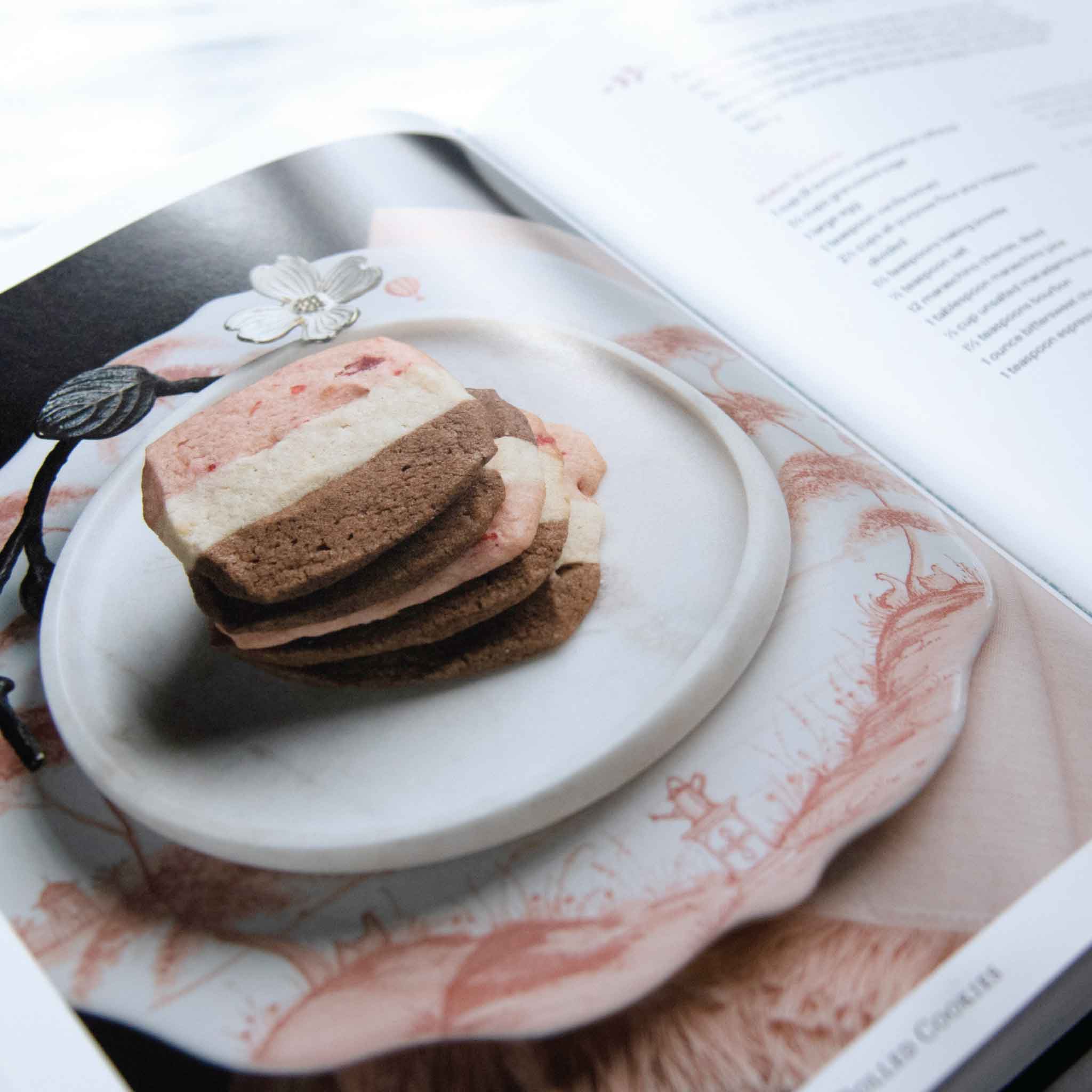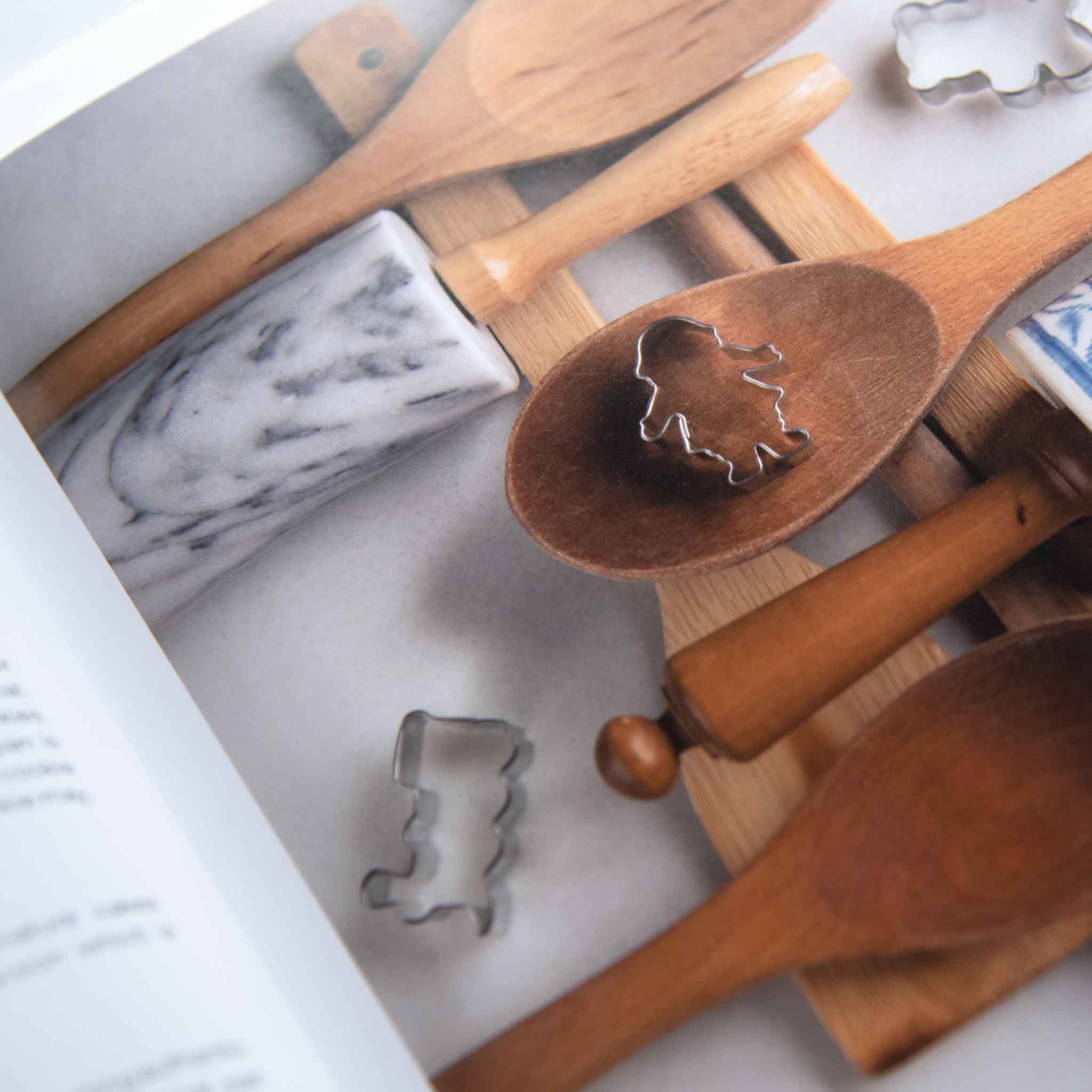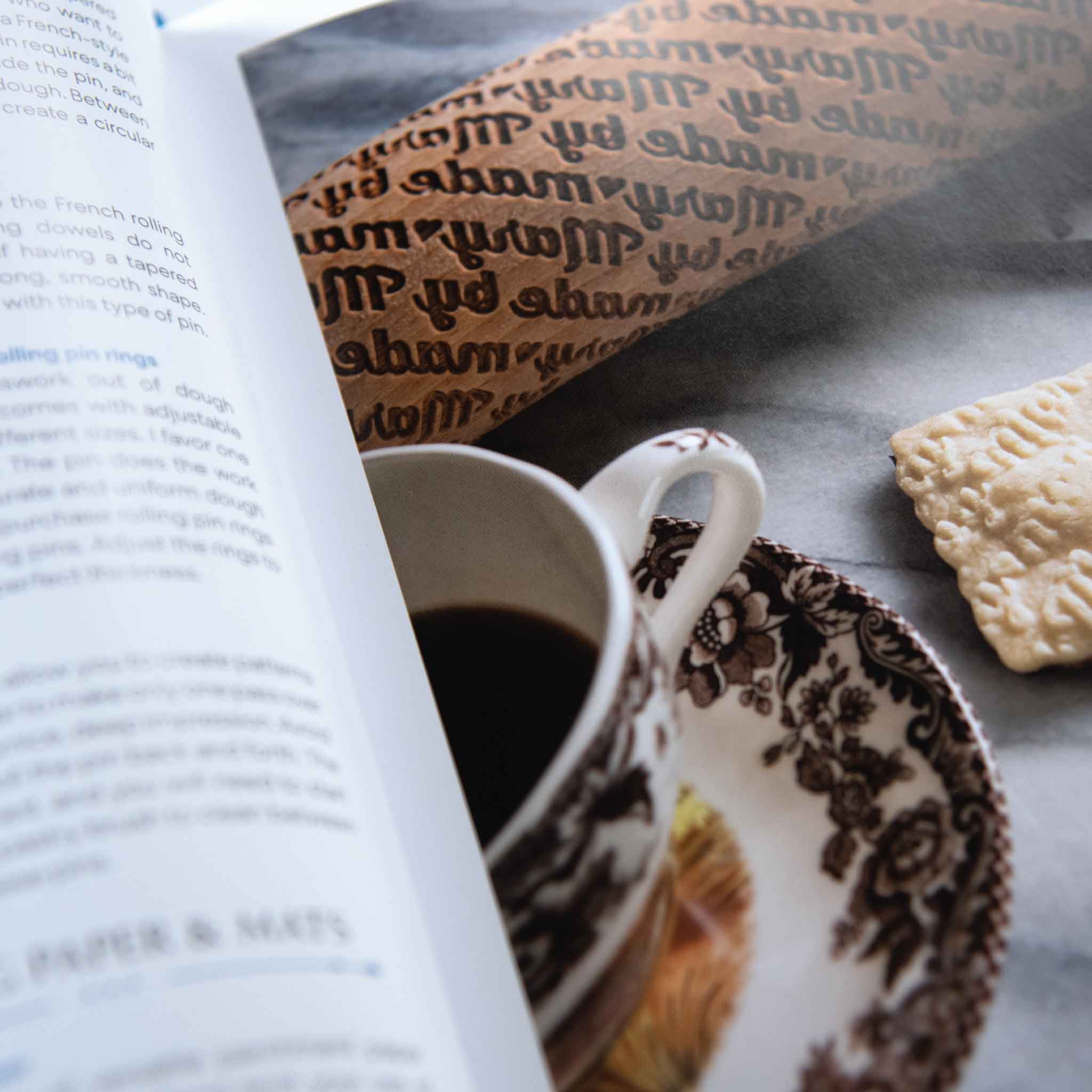I LOVE risotto, and I especially love how easy it is to make—stay with me. Once you master a few of the basics, it really is easy to make a delicious, creamy risotto from scratch.
Let’s get started!
What’s the best rice for making risotto?
All you need to make a great risotto is a good recipe (I’m referring here to my Wild Mushroom Risotto recipe) and the right ingredients—and that means the right rice. The most common type of rice used in risotto is Arborio rice. It contains an extremely high level of starch... It's all that starch that makes the dish so creamy.
If you’re feeling fancy (and feel like spending a little more money), look for Carnaroli rice. Like Arborio, it has very high starch content. Carnaroli is considered the premiere rice for risotto. It’s not easy to find unless you are in Italy or an Italian market—but if you do find some, stock up!
Rarest of all, there’s also Vialone Nano rice. This one is grown in the same region as the Prosecco grape. Hard to track down, grown in small crops, and usually only found in Italy, this one is really special if you can get it.
How do you add flavor to a risotto?
Use chicken stock, rosemary, and white wine!When I make risotto, I favor chicken stock infused with a few fresh rosemary sprigs. You can use vegetable stock, too—but I find that chicken stock makes the creamiest-looking dish. You’ll also want a quality white wine to deglaze the pan. A lighter wine (like a Chablis or Viognier) works wonderfully. Shy away from that oaky chardonnay for this dish.
What’s the best pan for making risotto?
For the best risotto pan, pick a large sauté pan with deep sides. A 10-inch or 12-inch pan works great. The more area for your risotto to simmer the better.
Making a perfectly creamy risotto is easier than you think… but you have to be attentive.
The final ingredient is time. You’ll need about 1 hour and 15 minutes to make a perfect risotto—and it’s not idle time. Sorry! That’s because the trick to risotto is slowly ladling the warm stock into the pan of rice, stirring constantly until the liquid is absorbed, and then doing it again... and again... Making sure not to overcook the rice is critical, too. Cooked risotto should be al dente—fully cooked, yet still somewhat firm to the bite.
Pro tip: You can make your risotto ahead of time!
If you want to make your risotto ahead and serve it later, follow the recipe up to the final addition of stock, and then STOP. The risotto will be slightly undercooked. To re-warm, you just add the last ladle of stock, then the cream and cheese.

